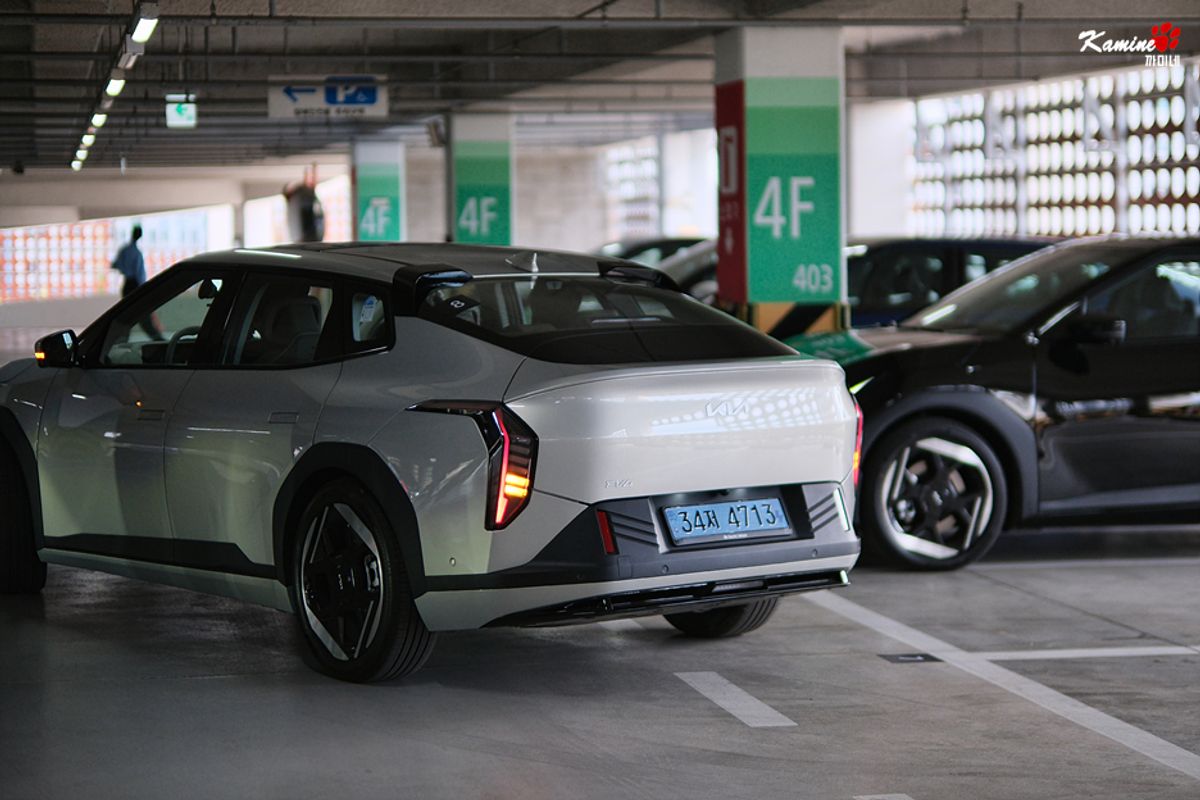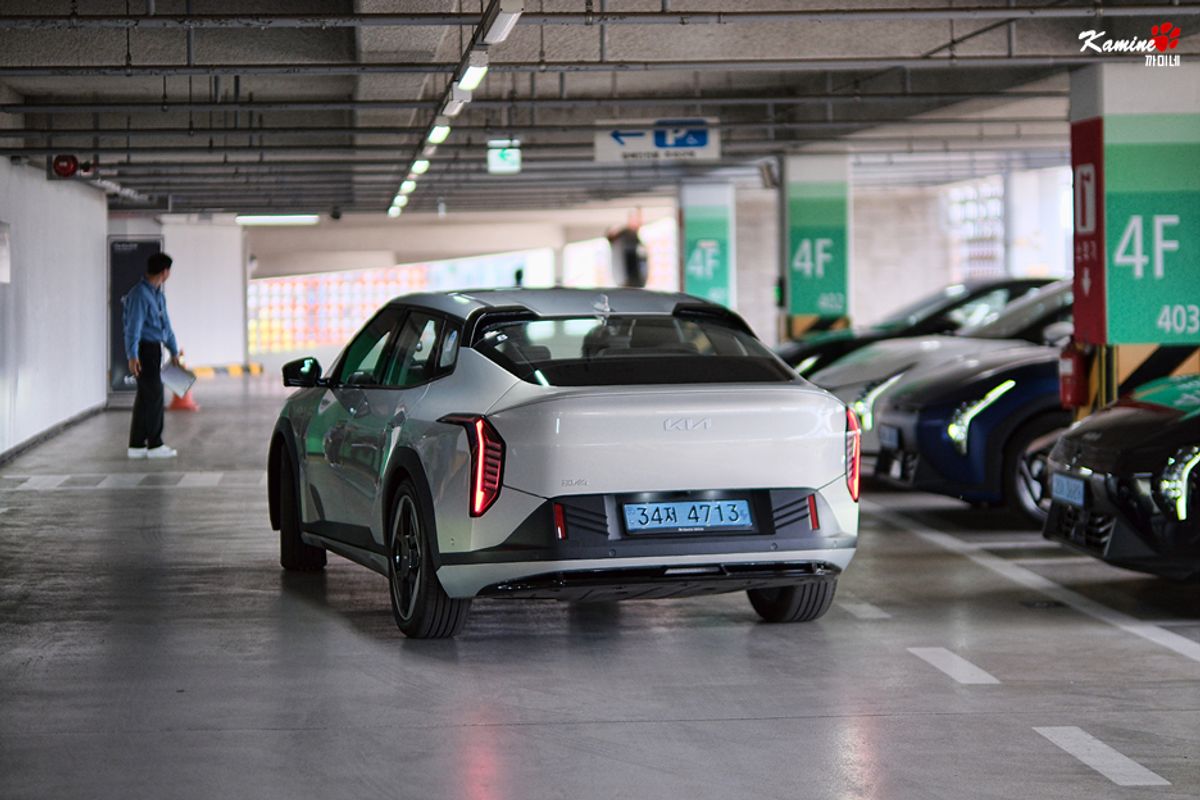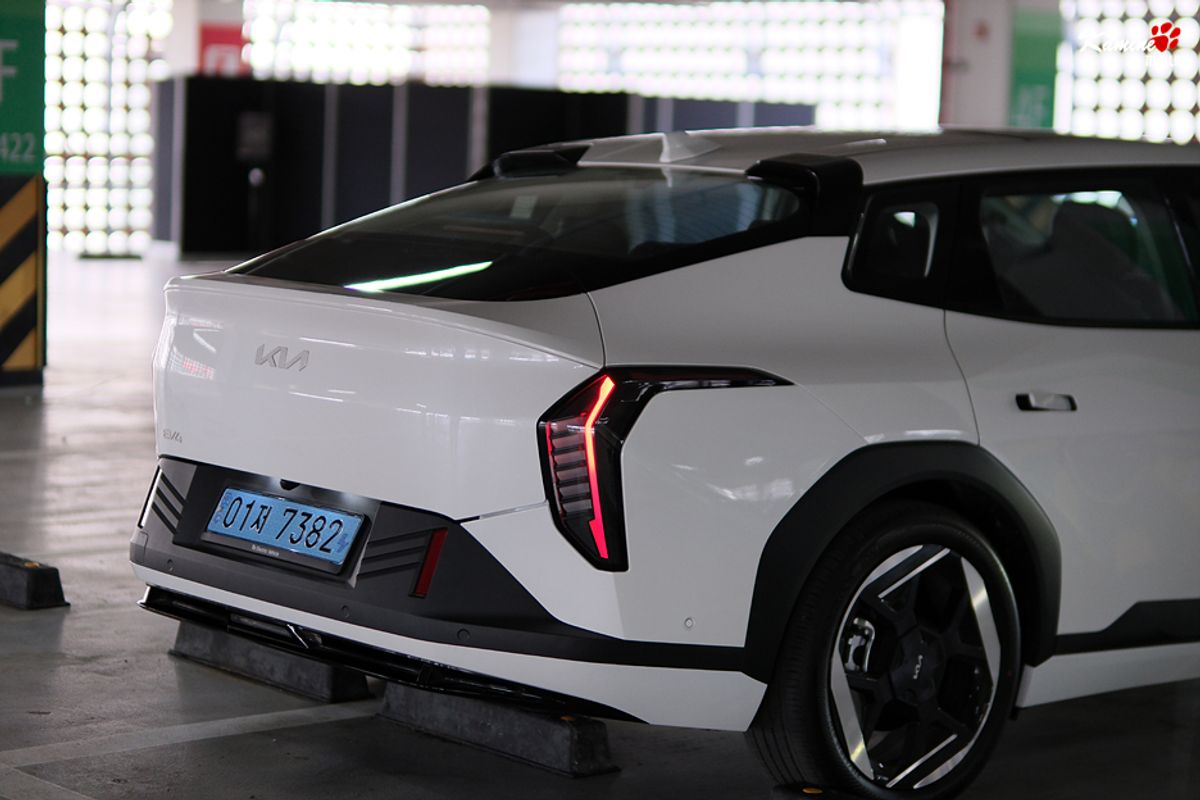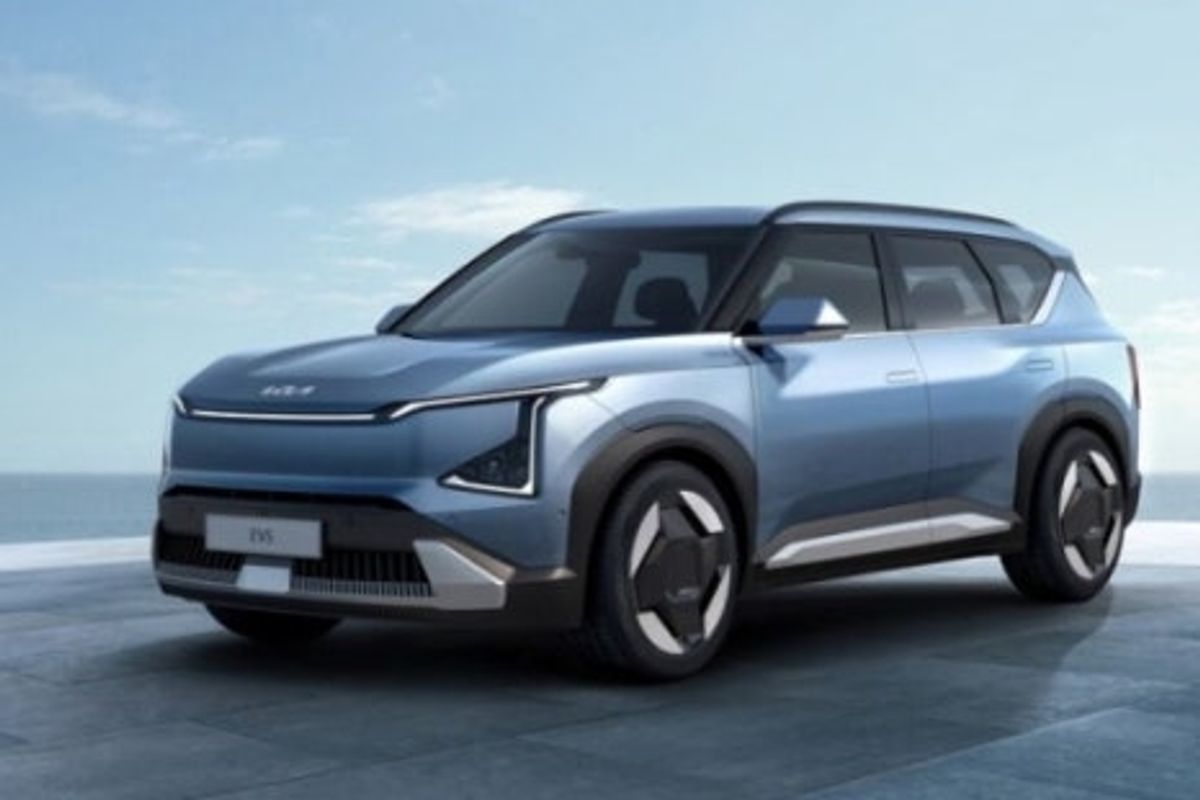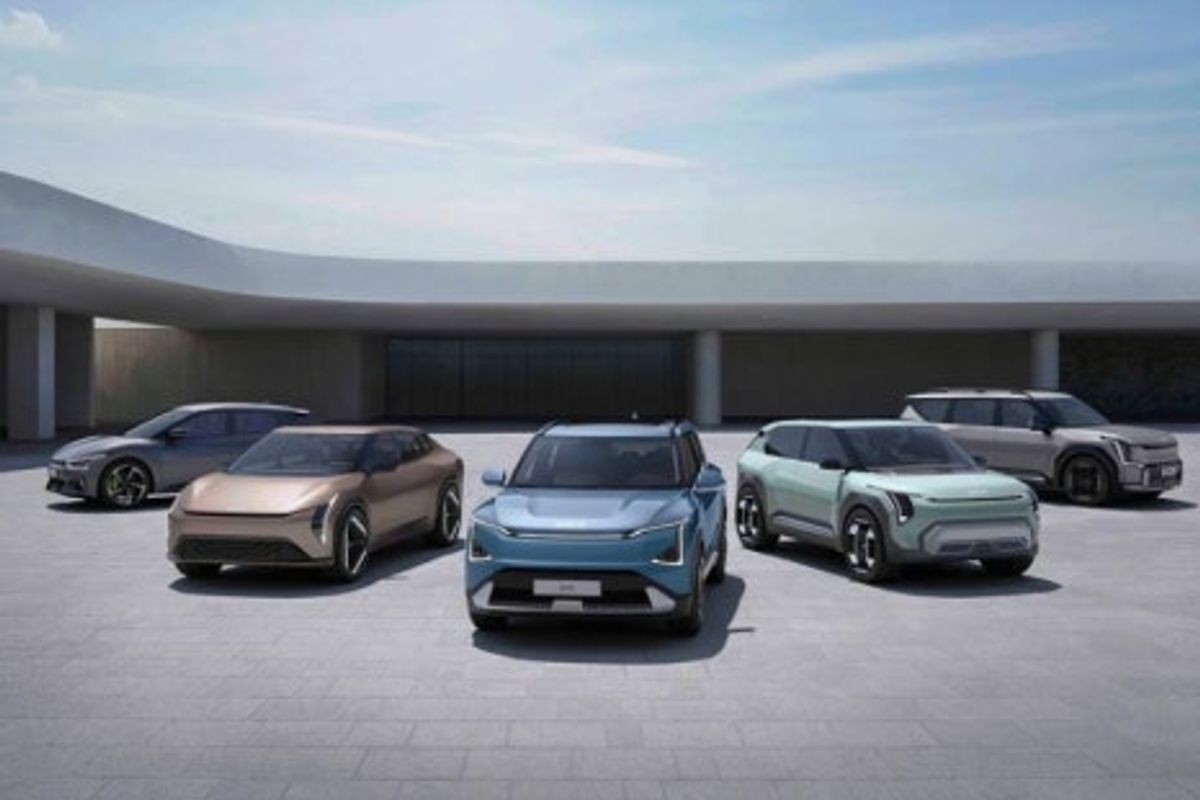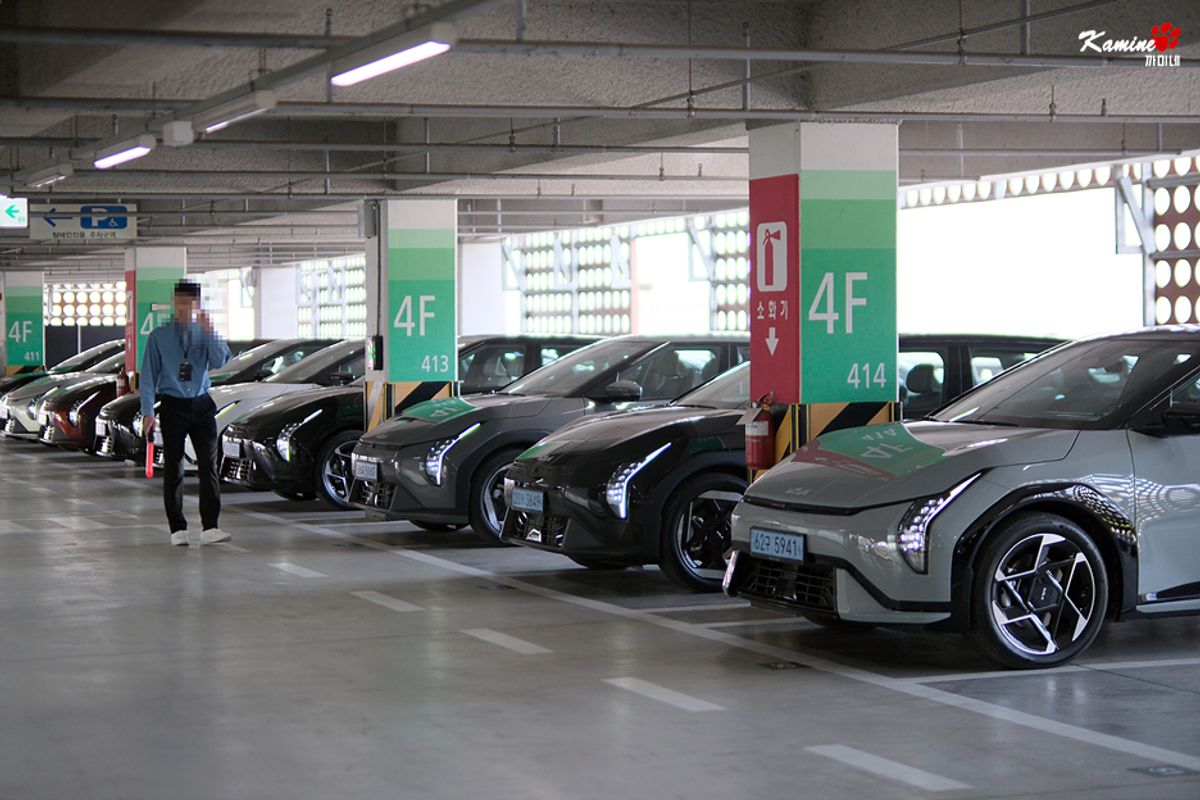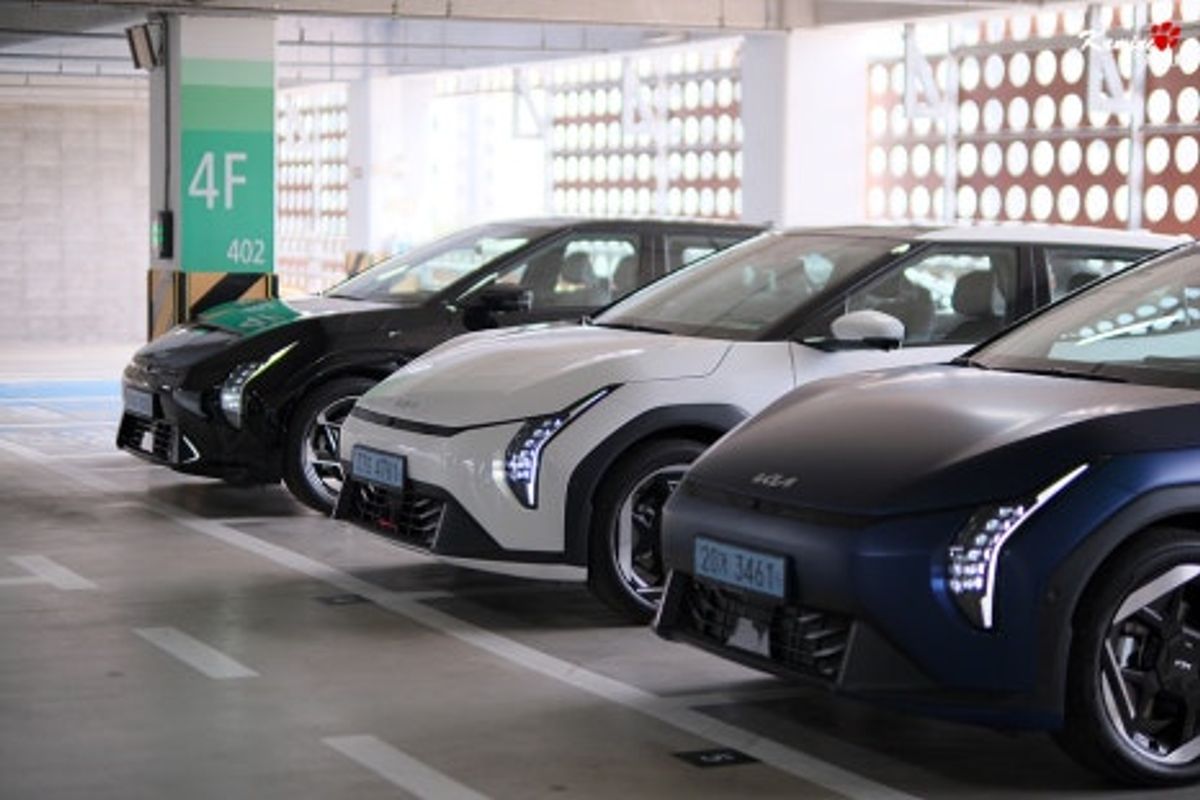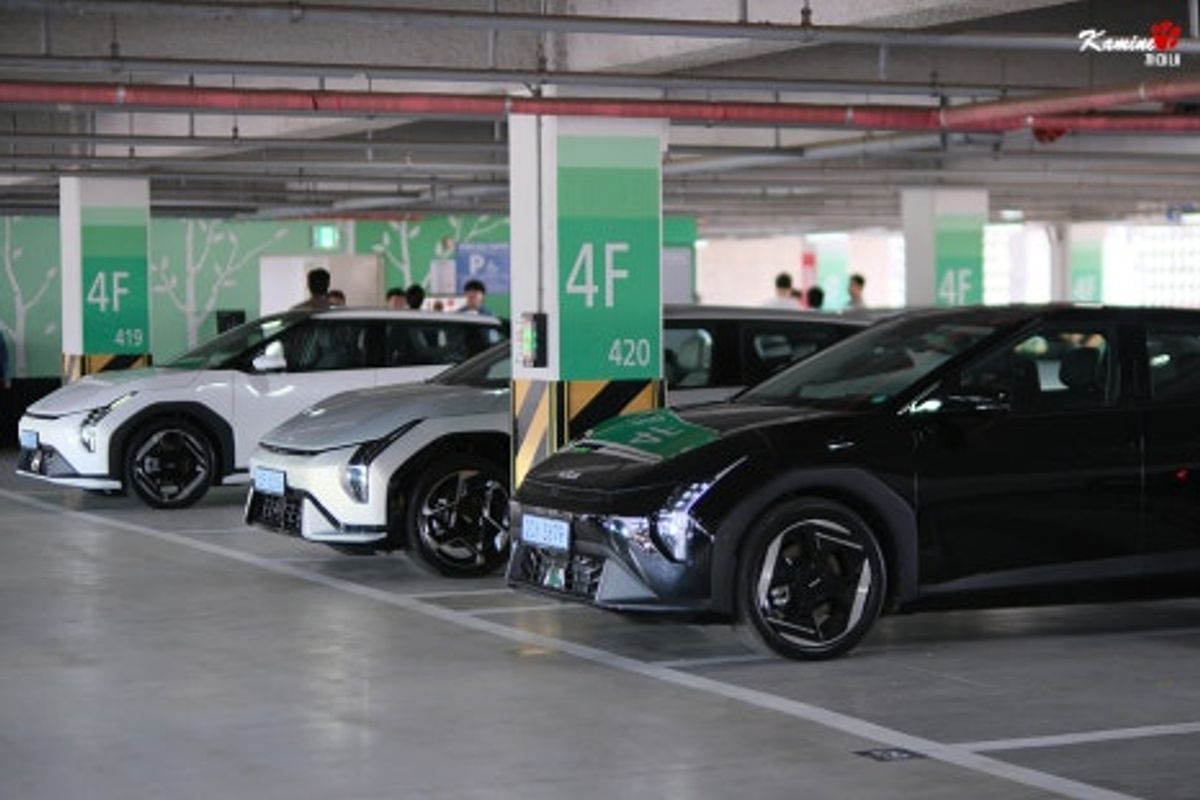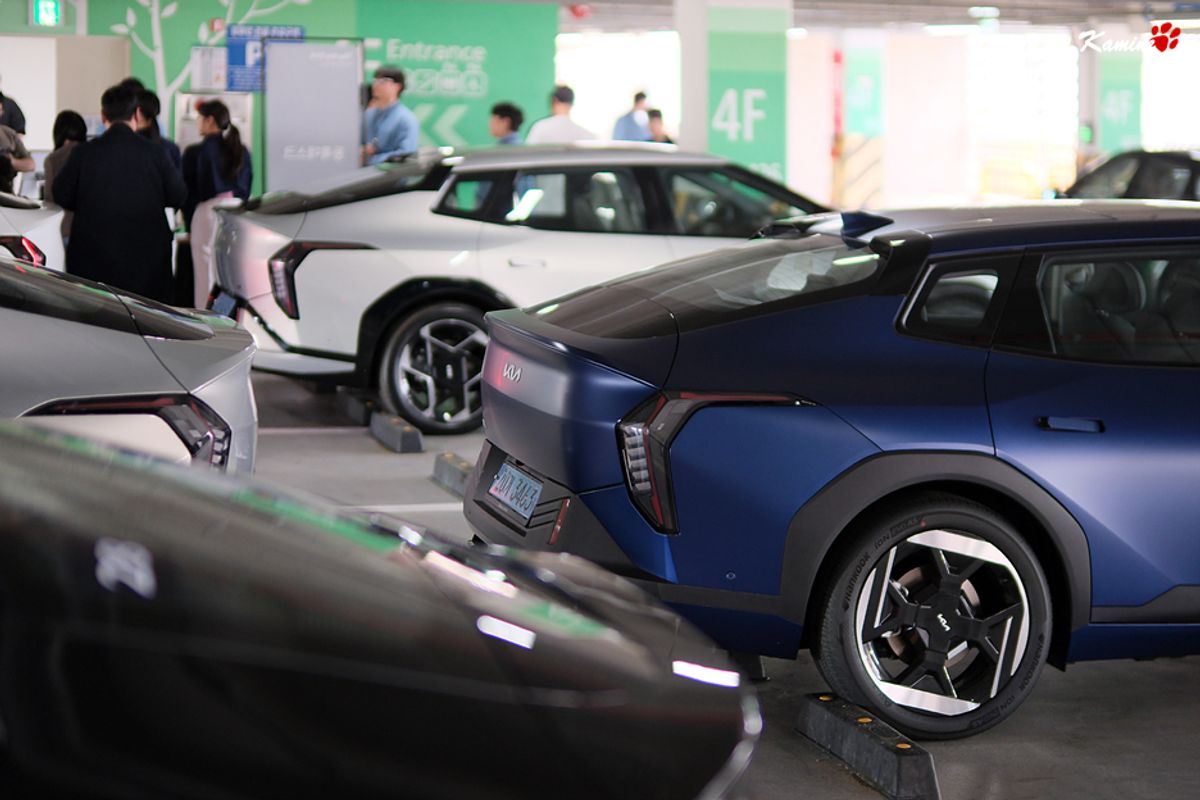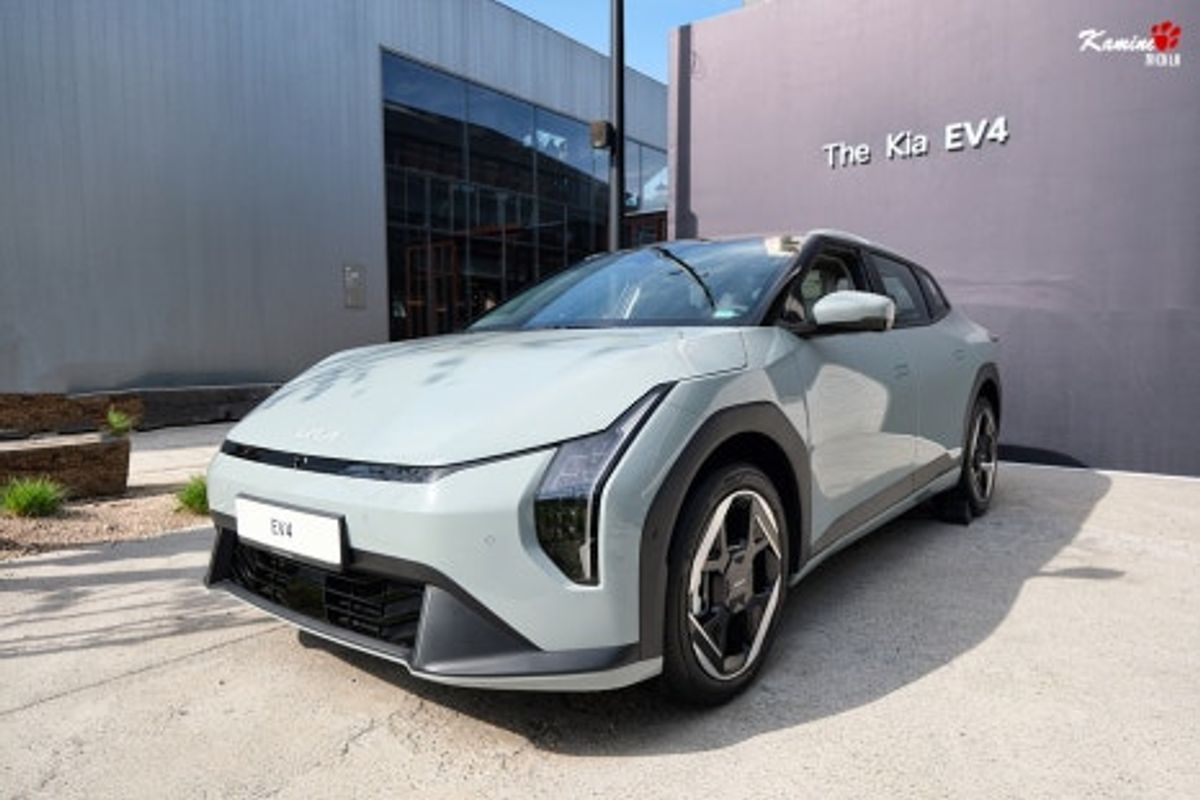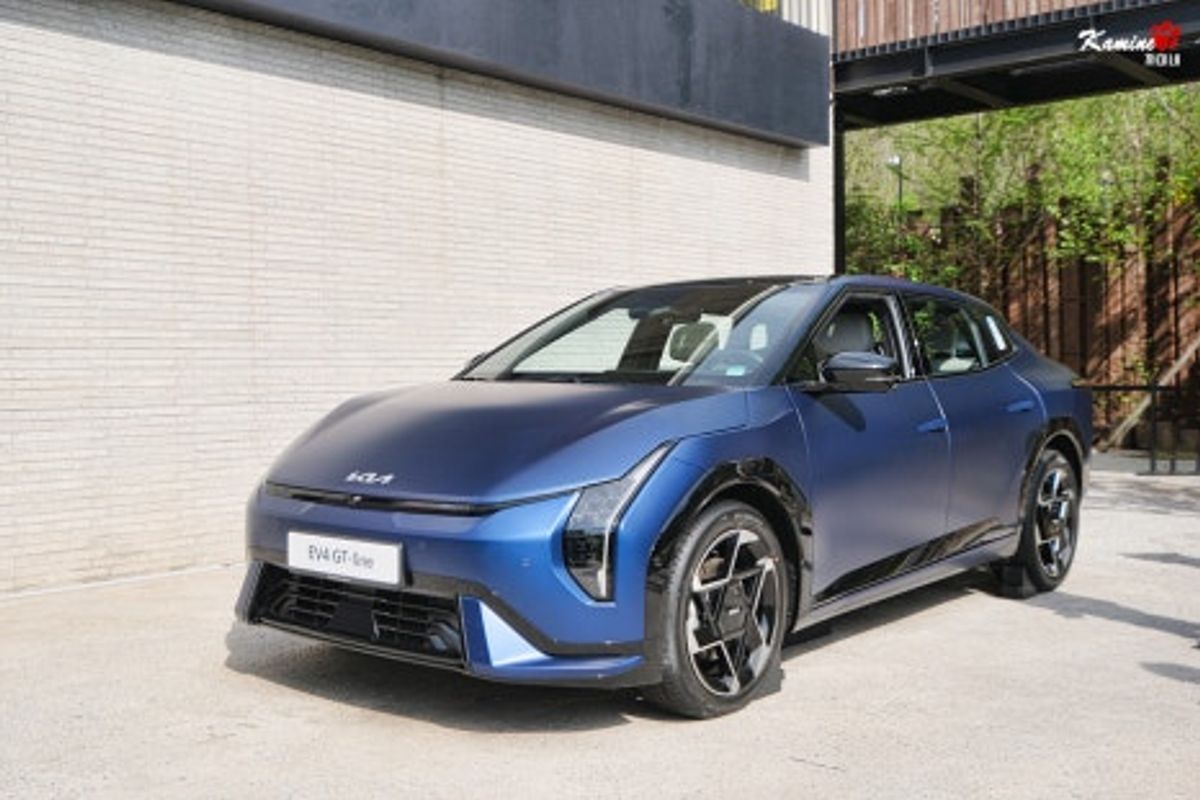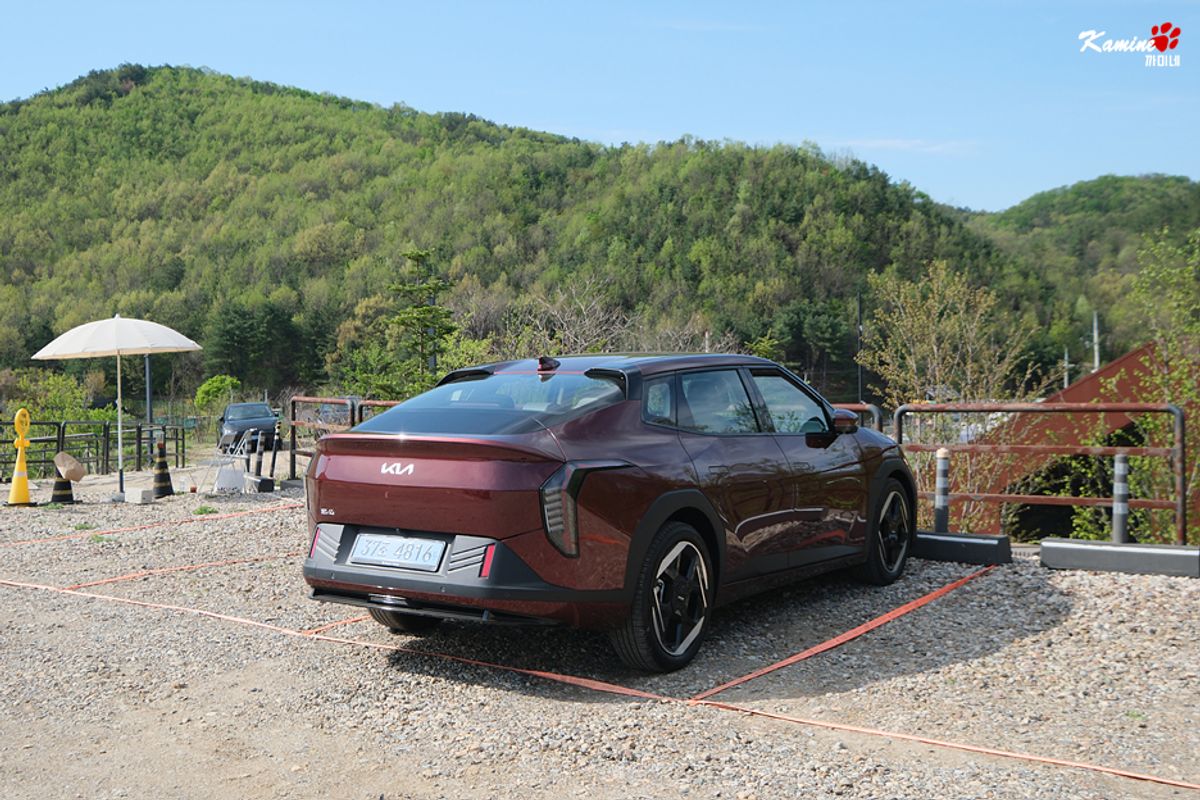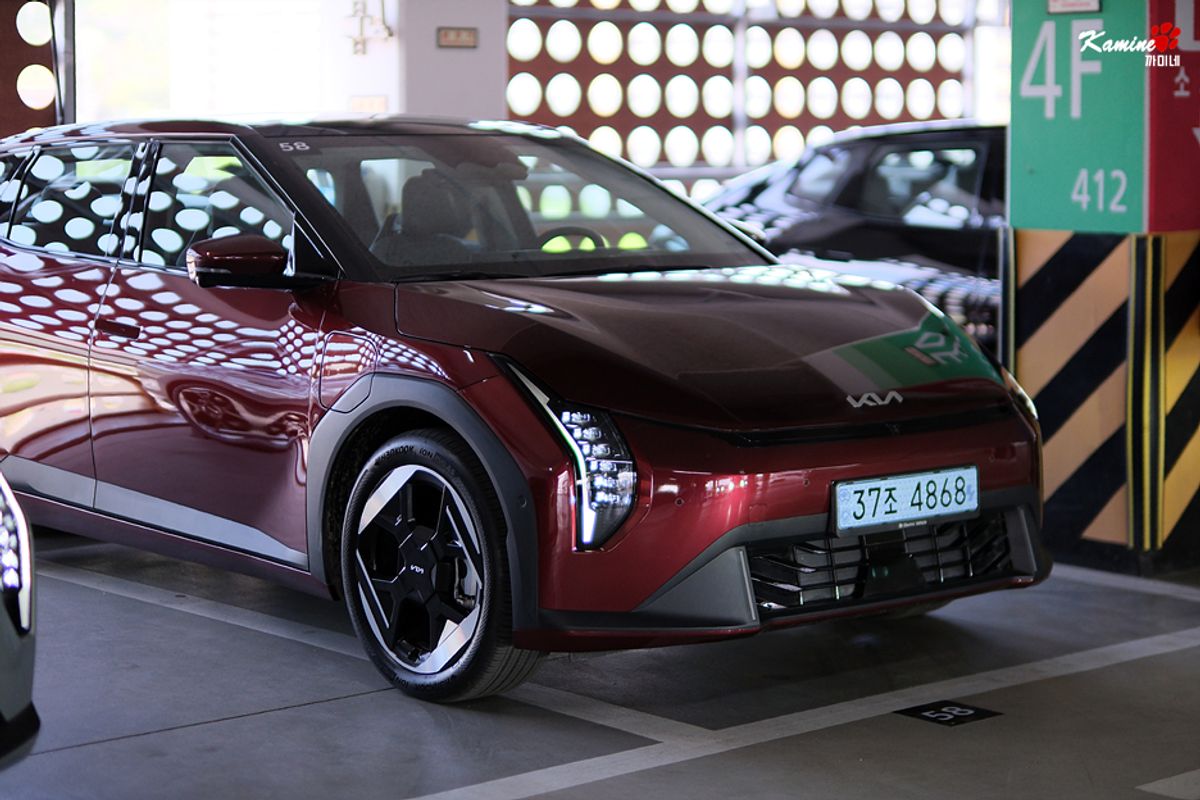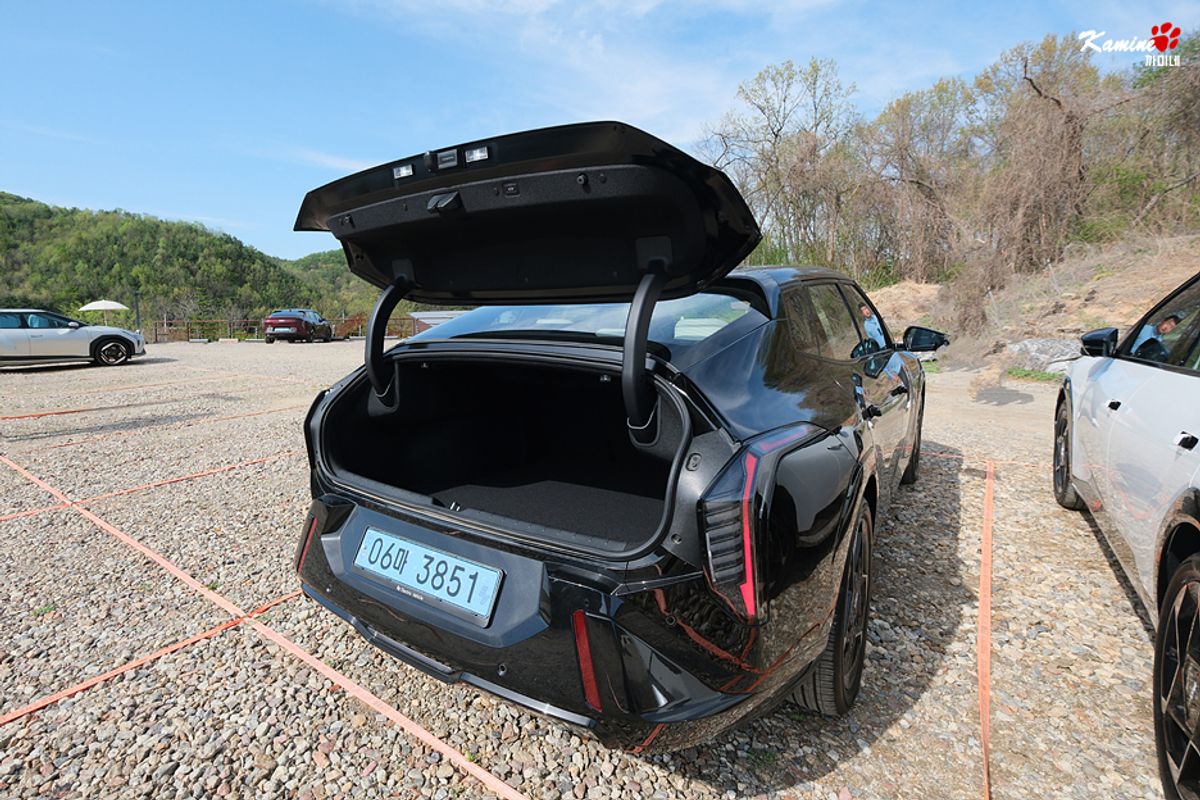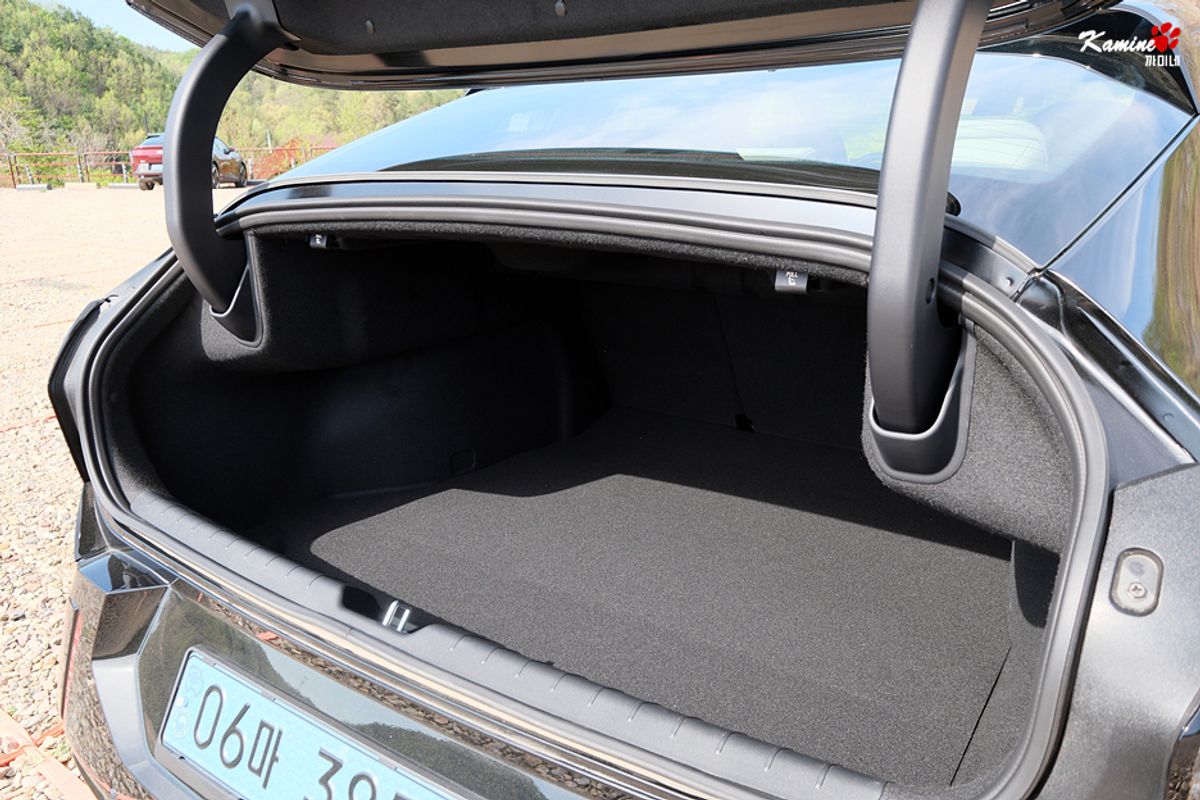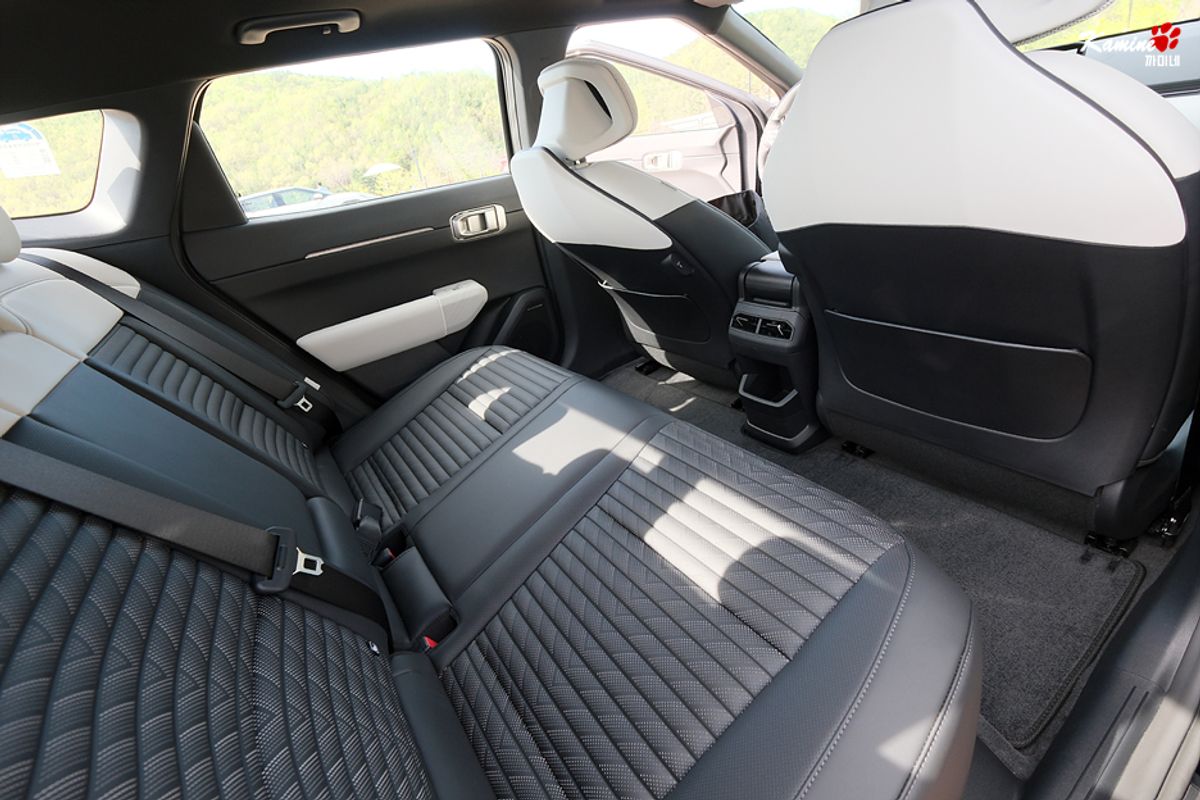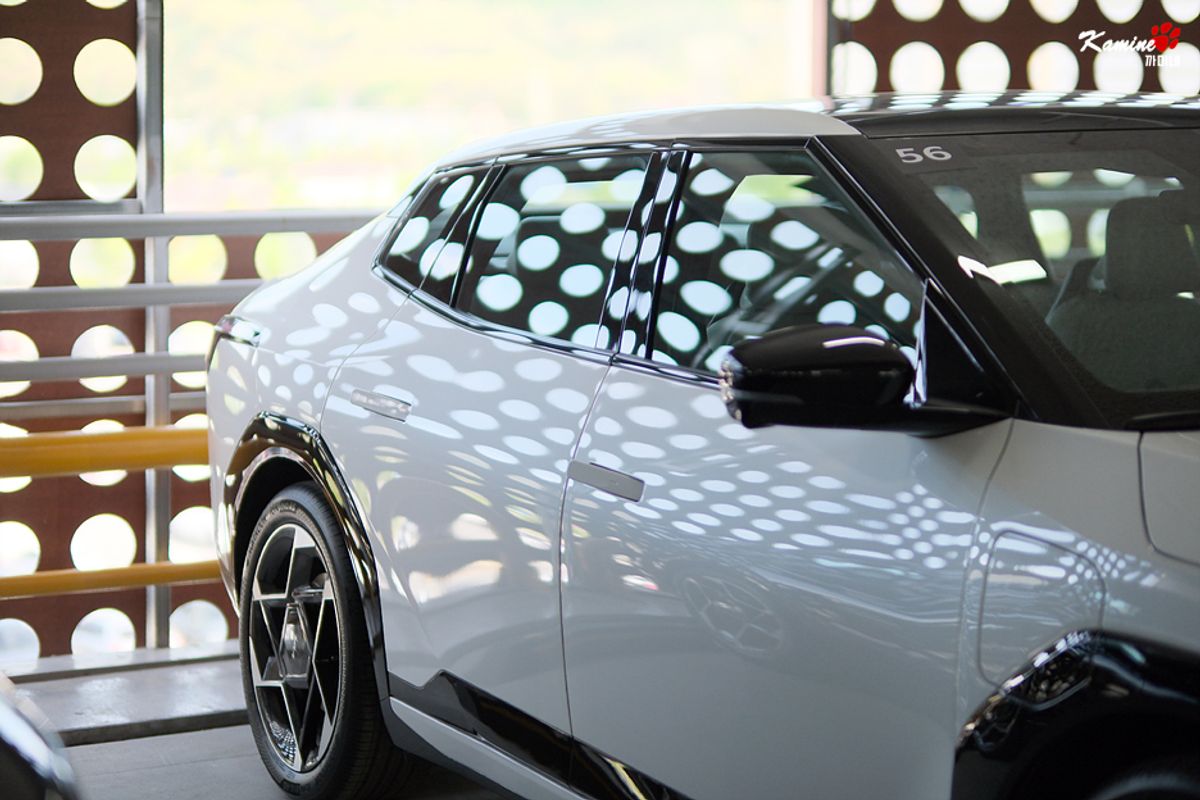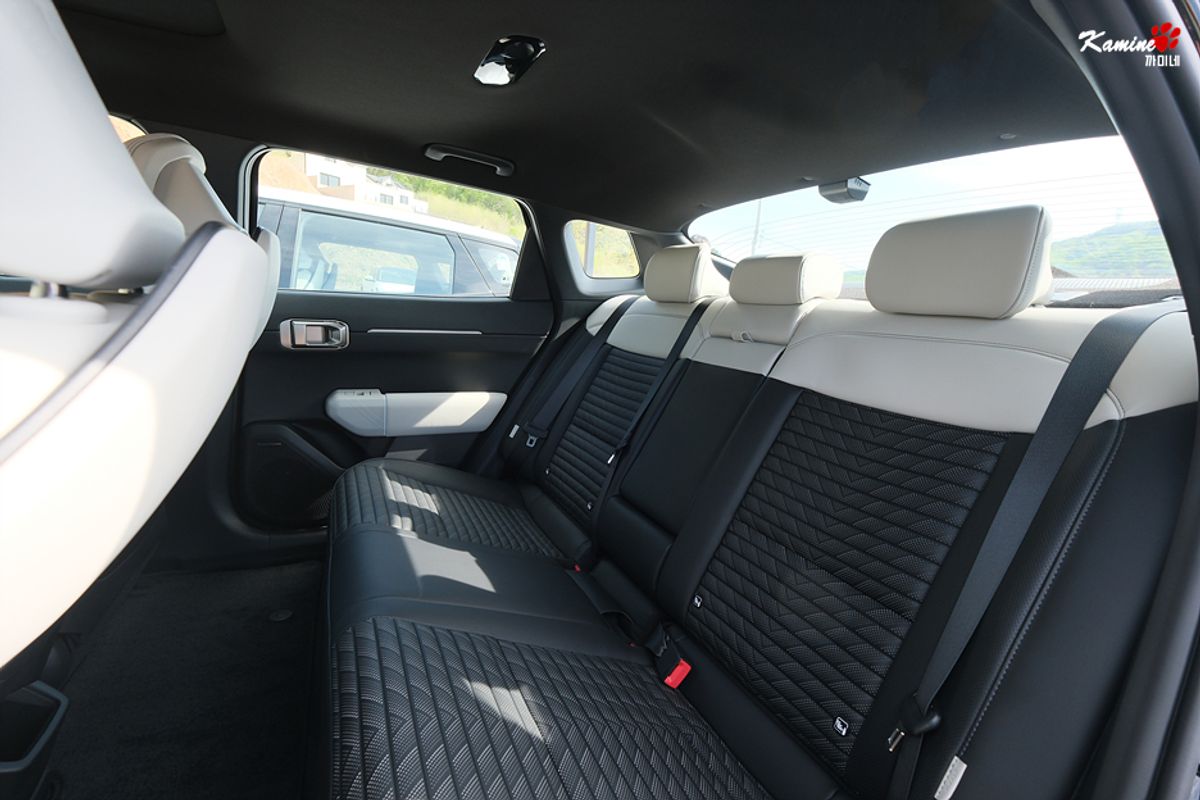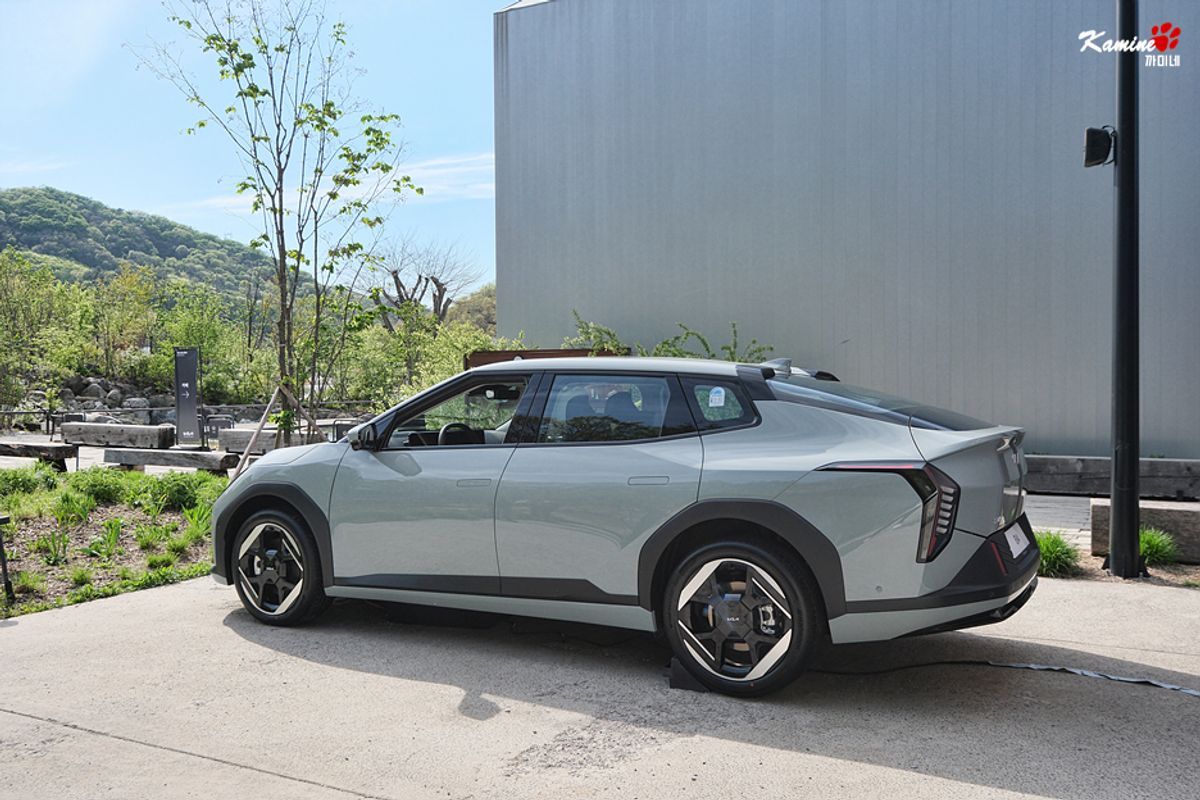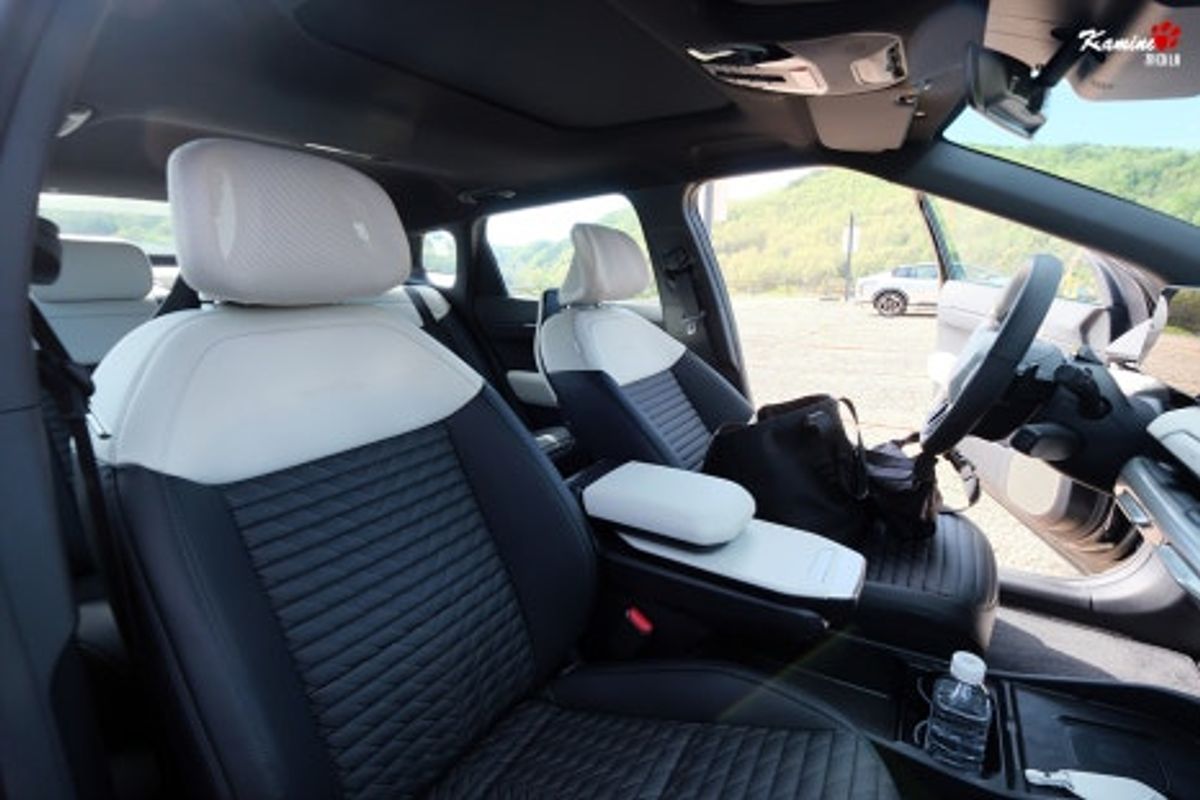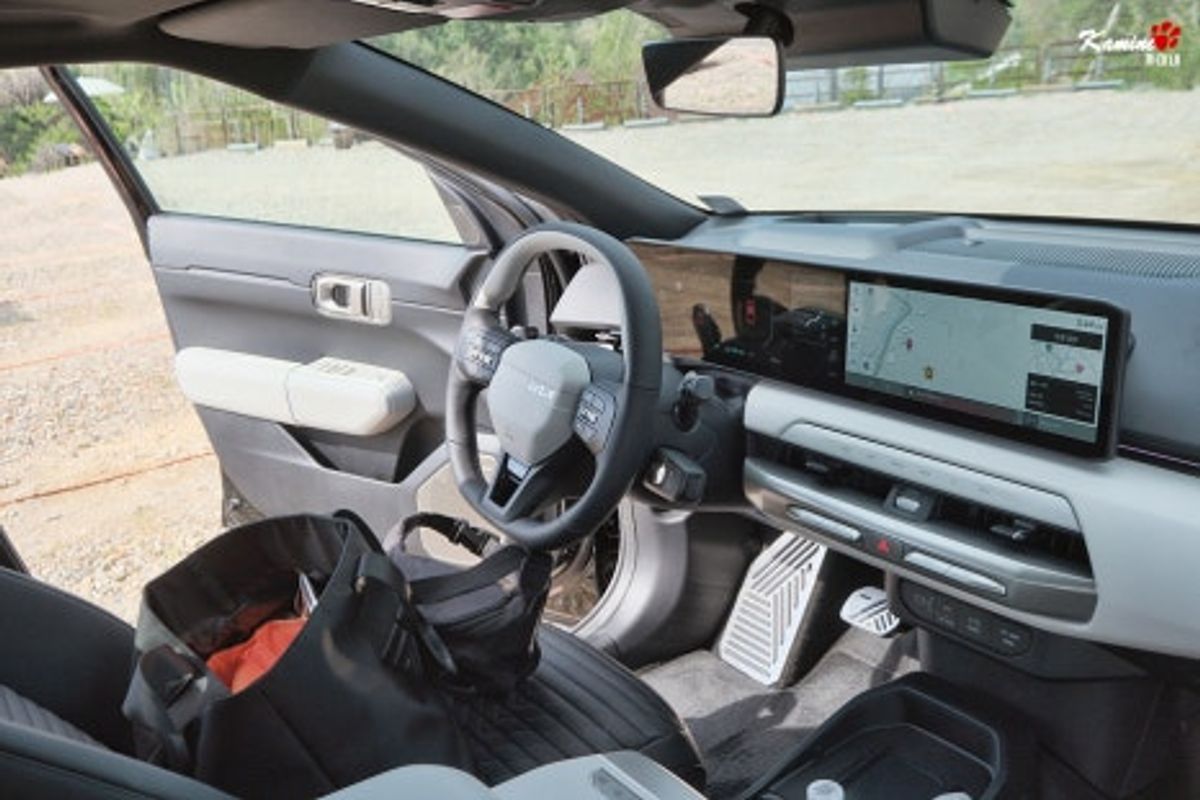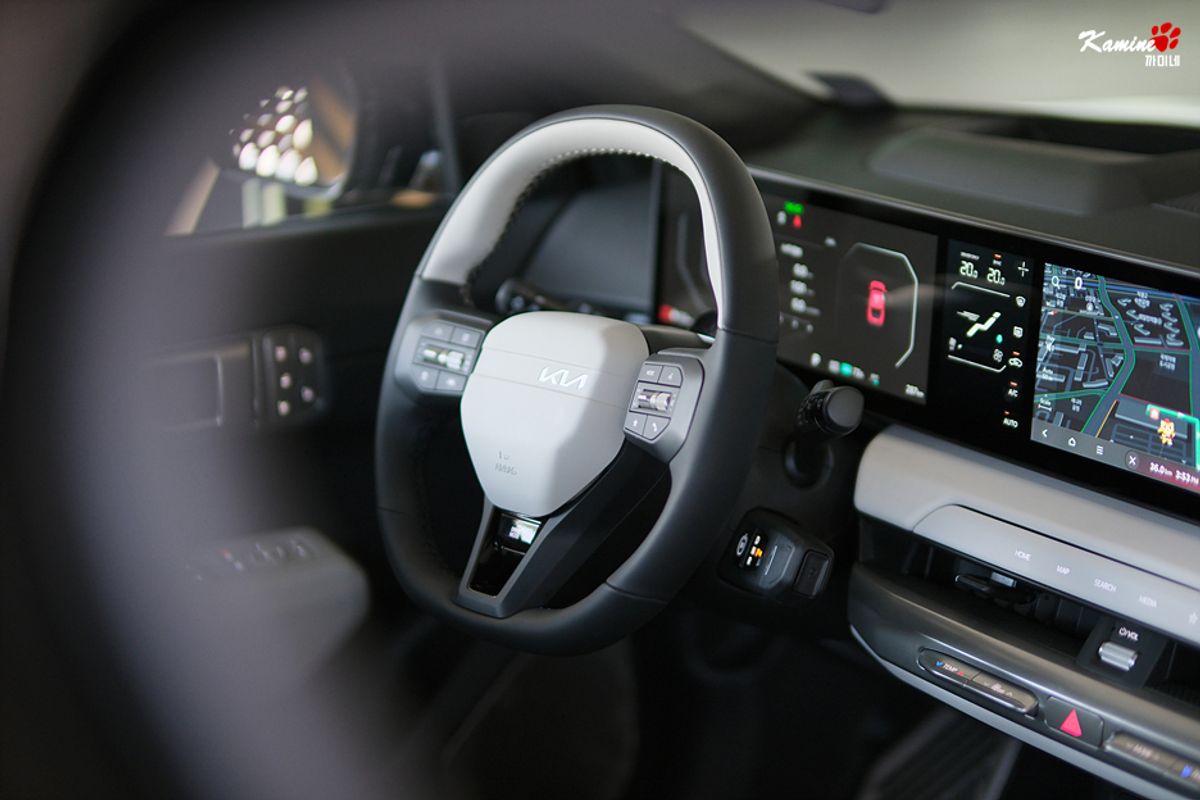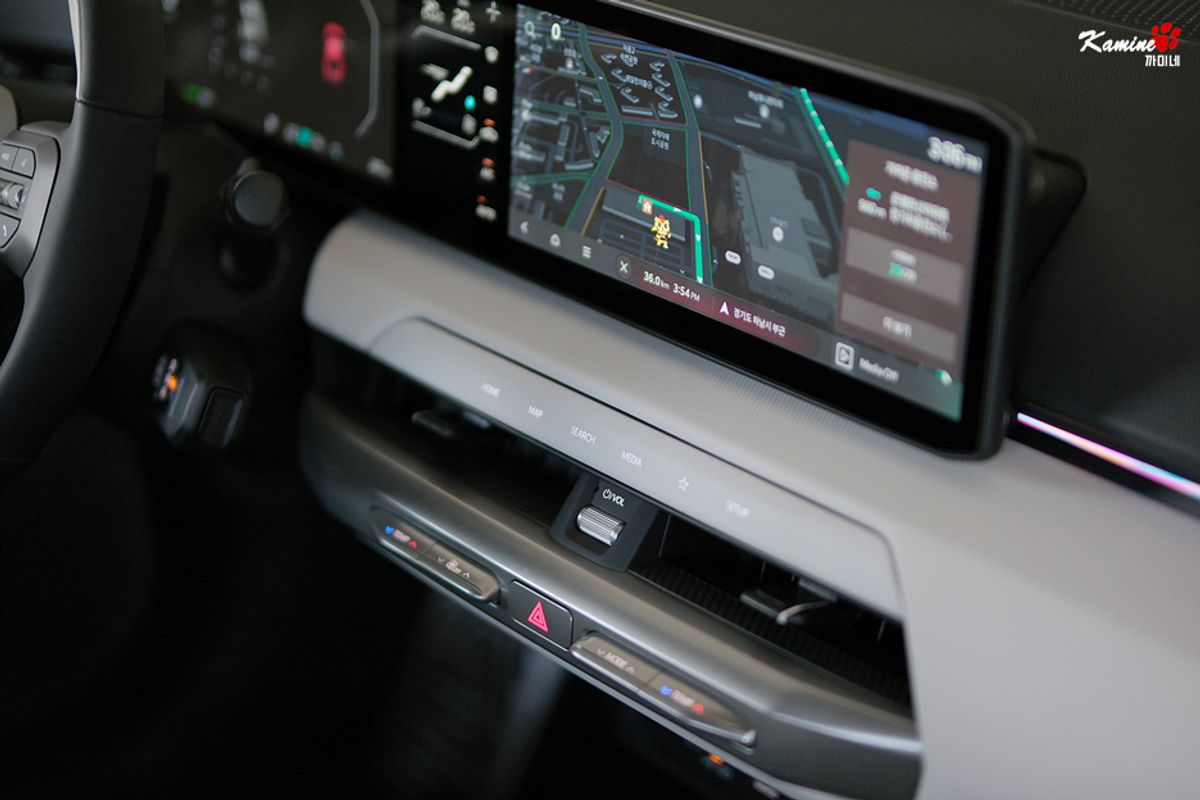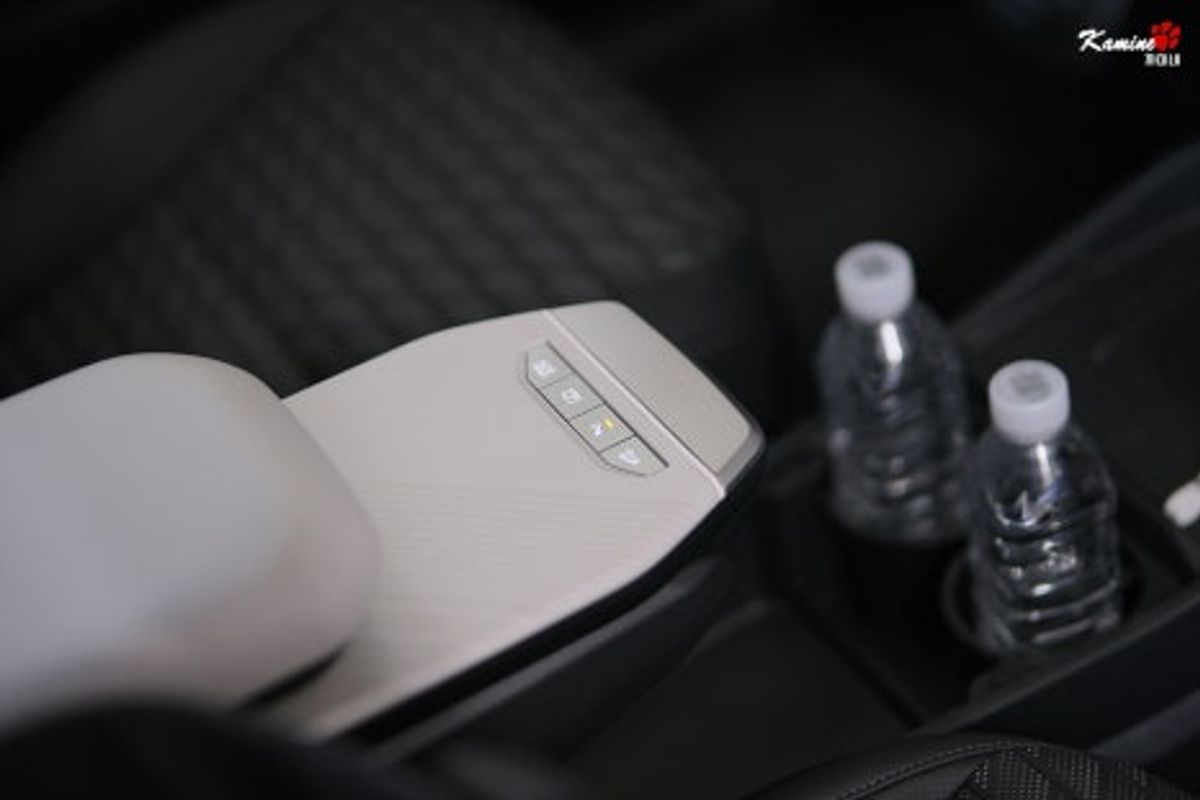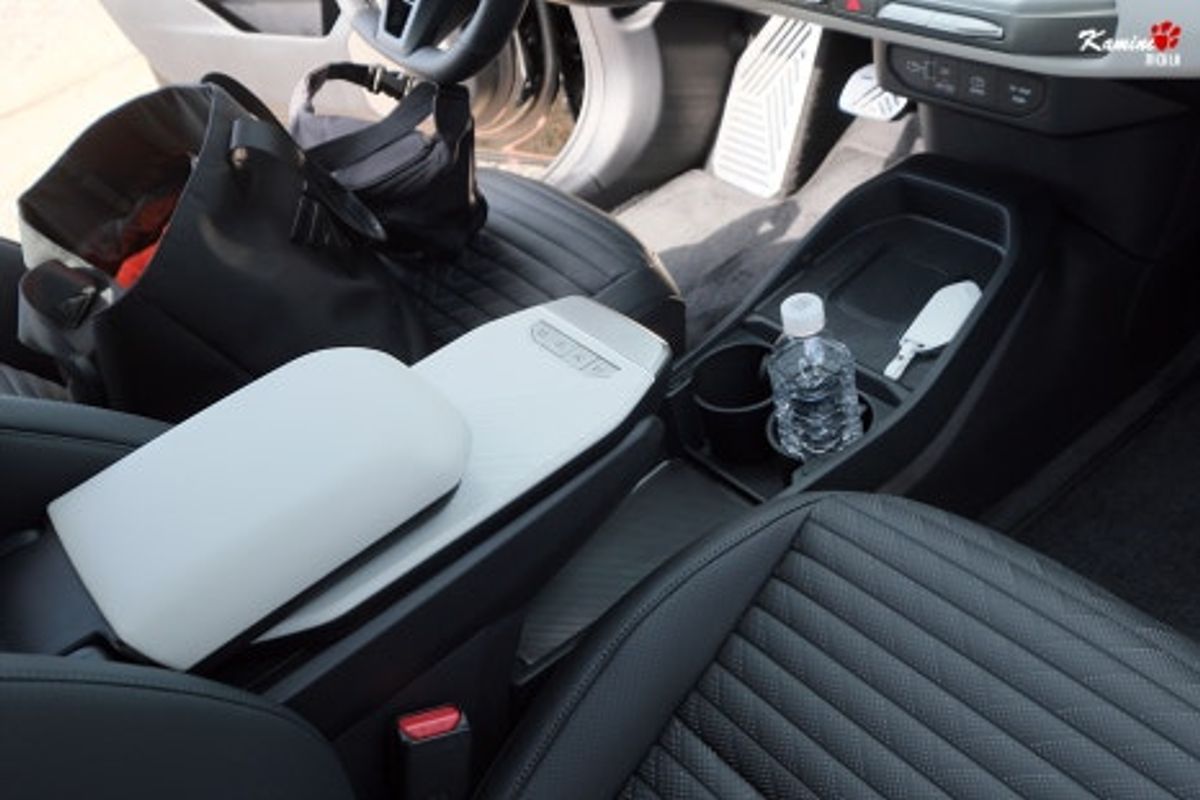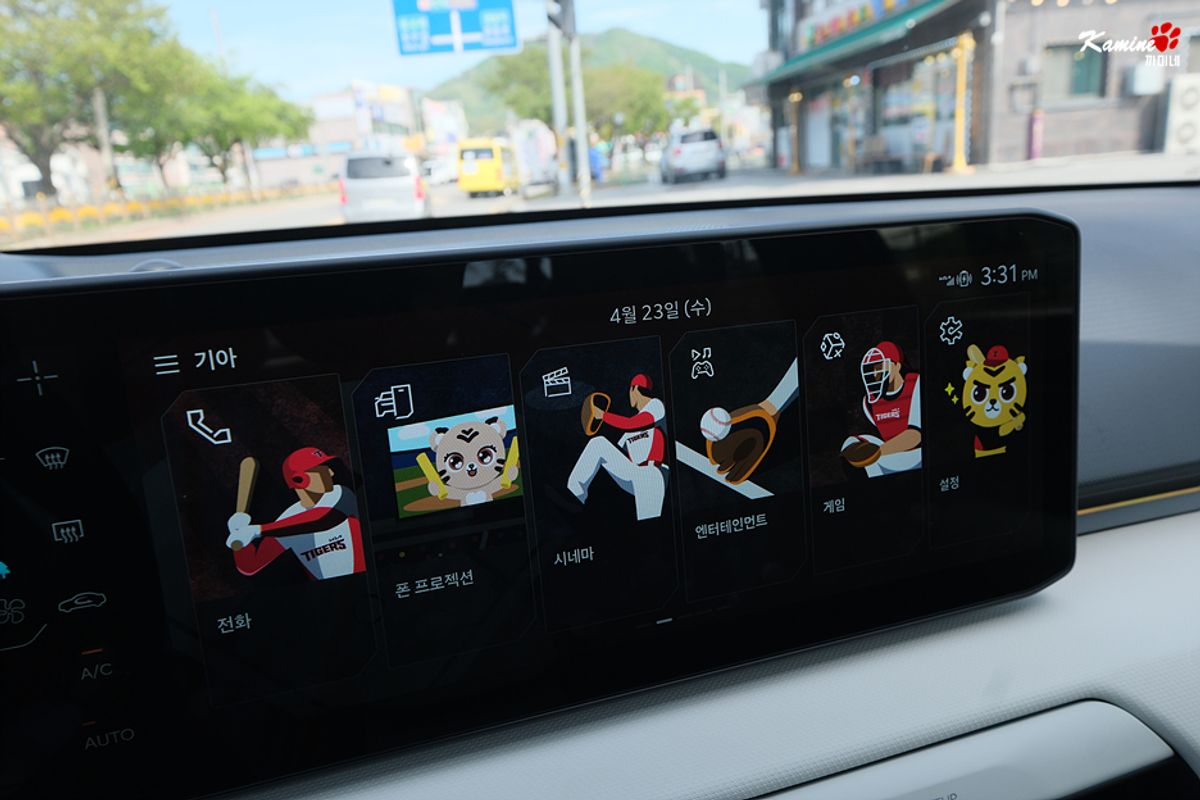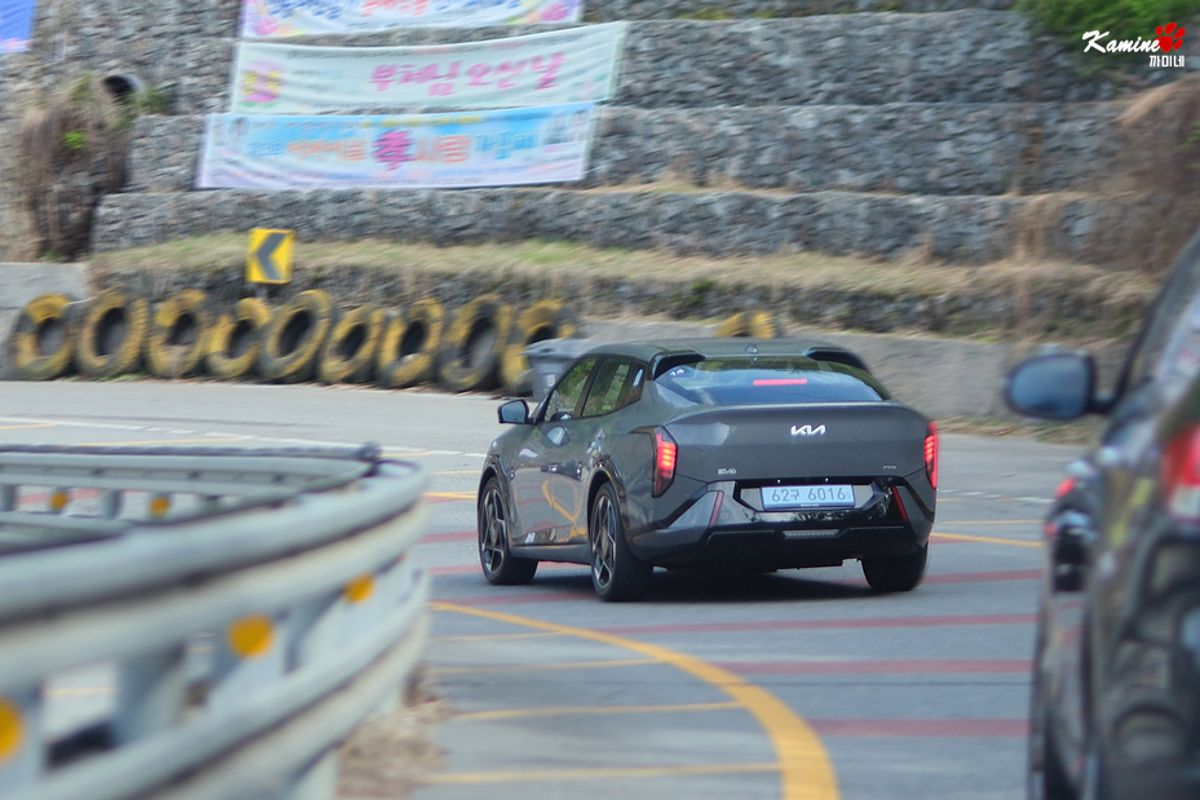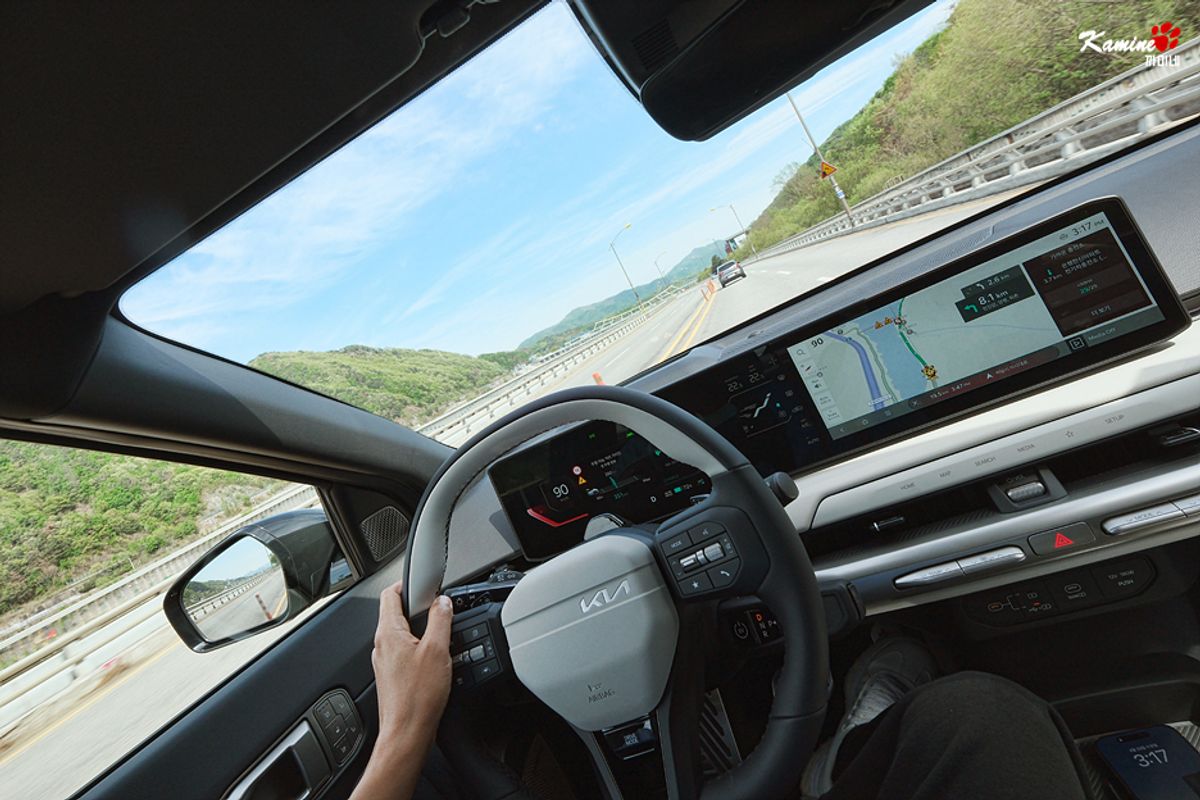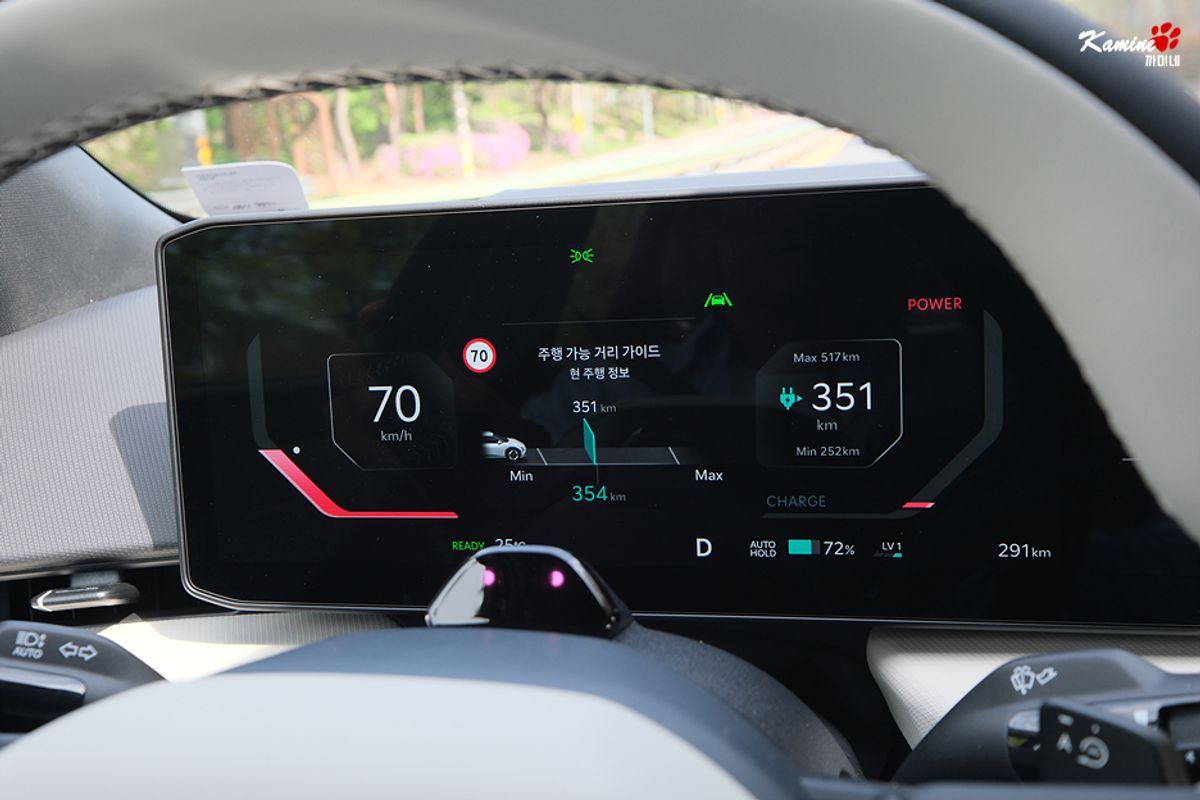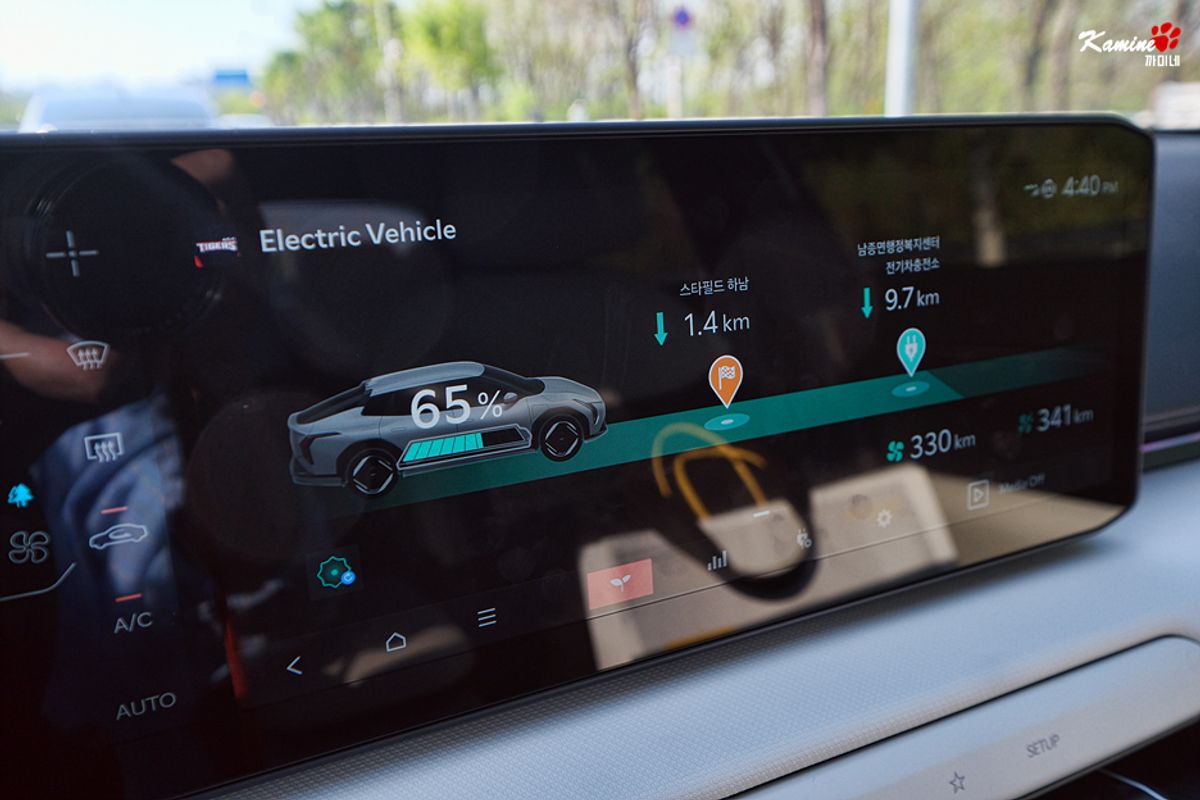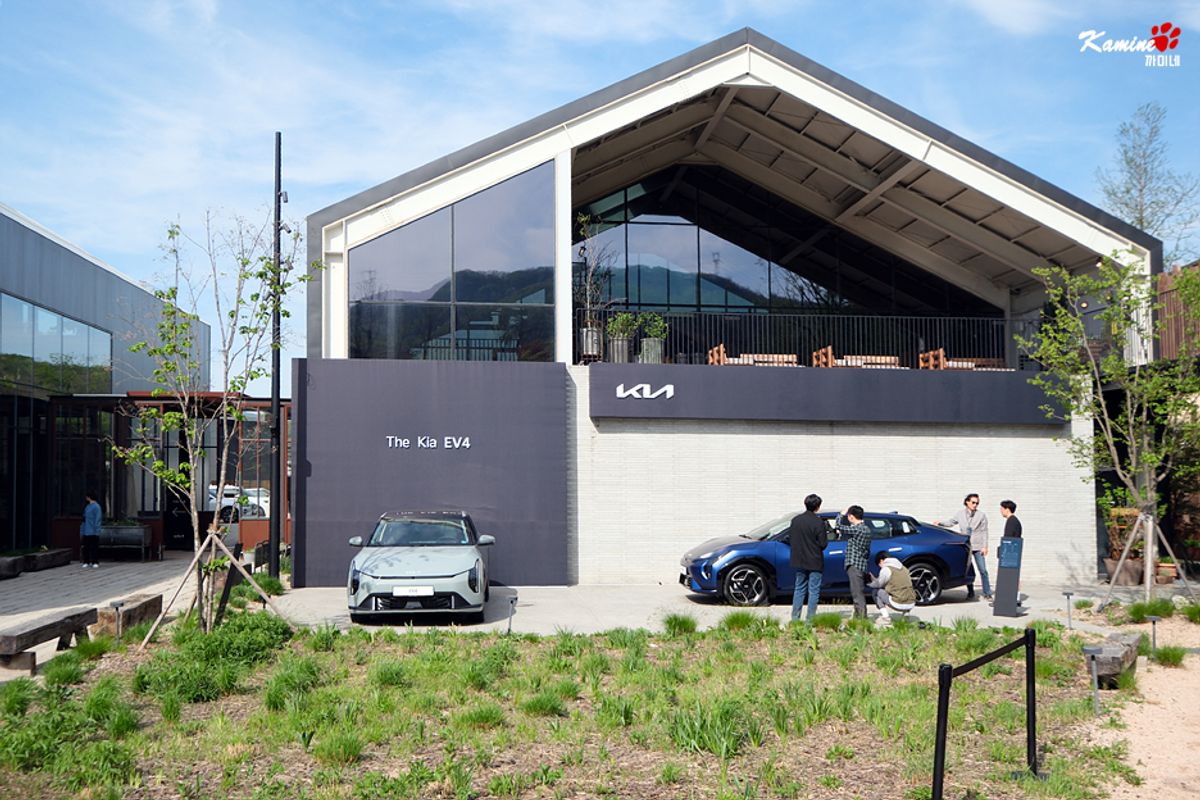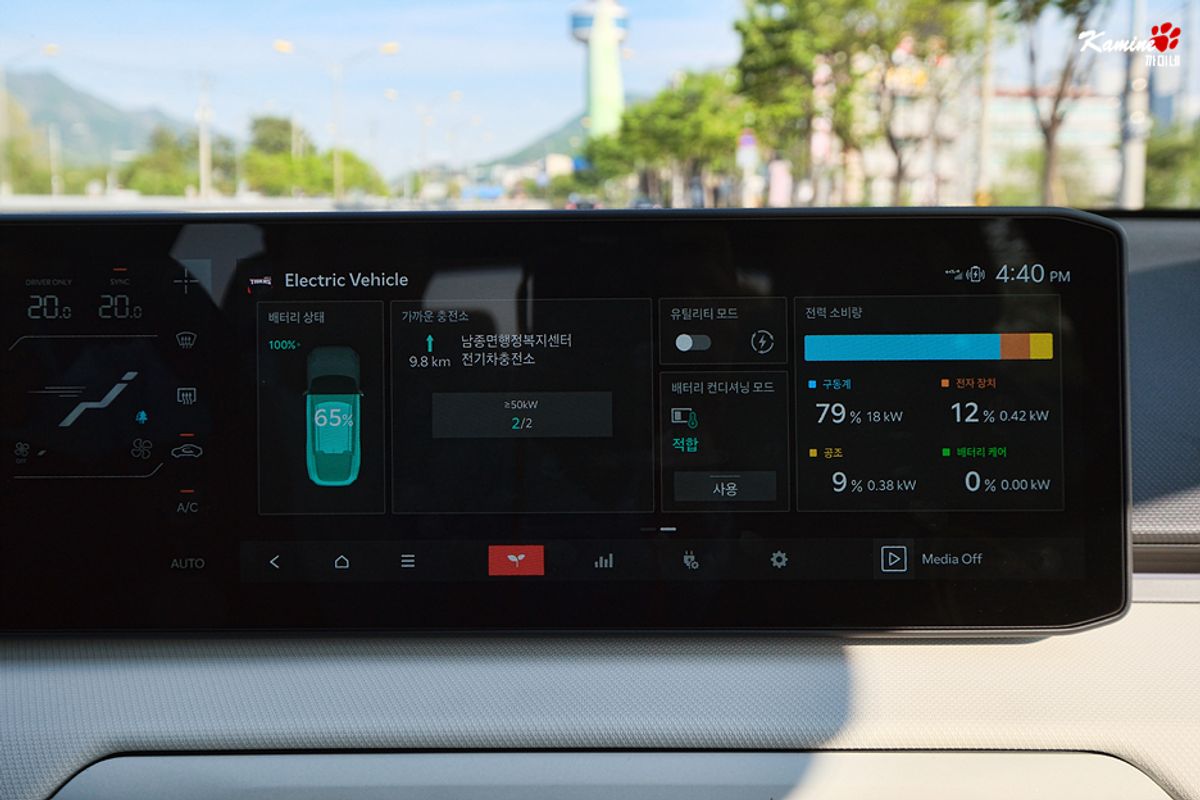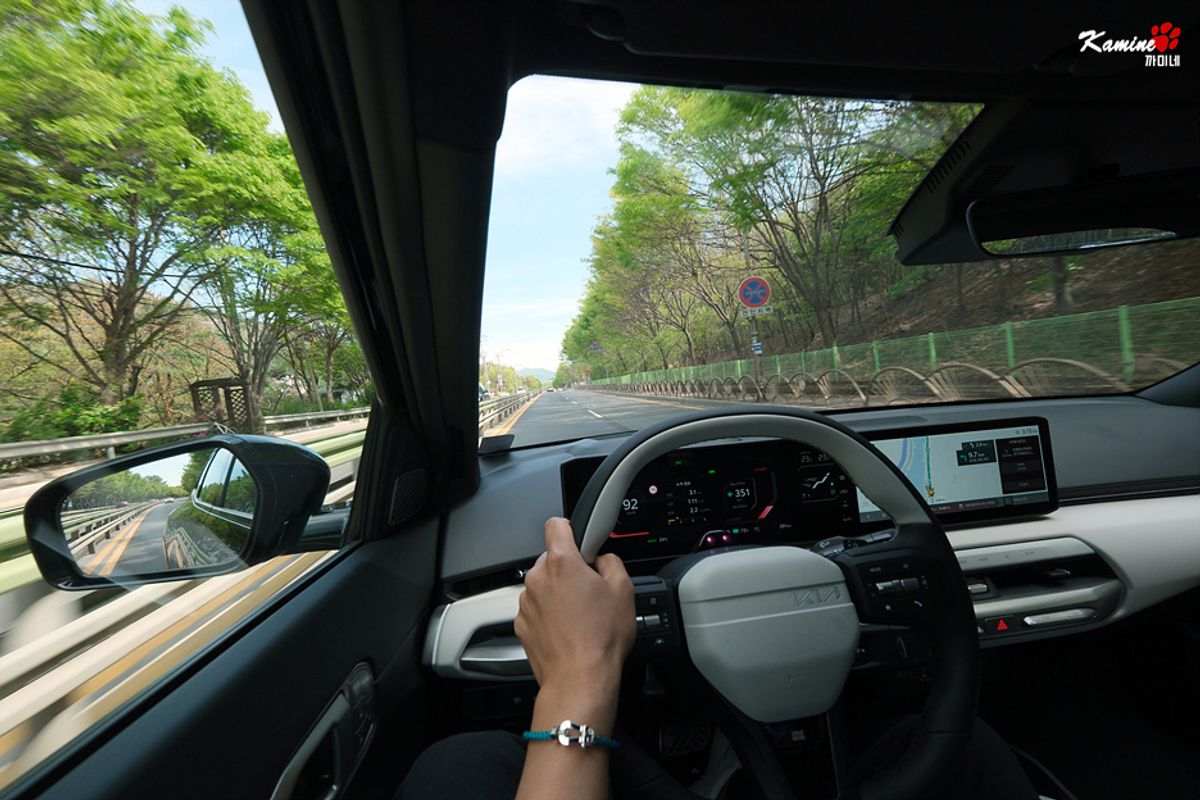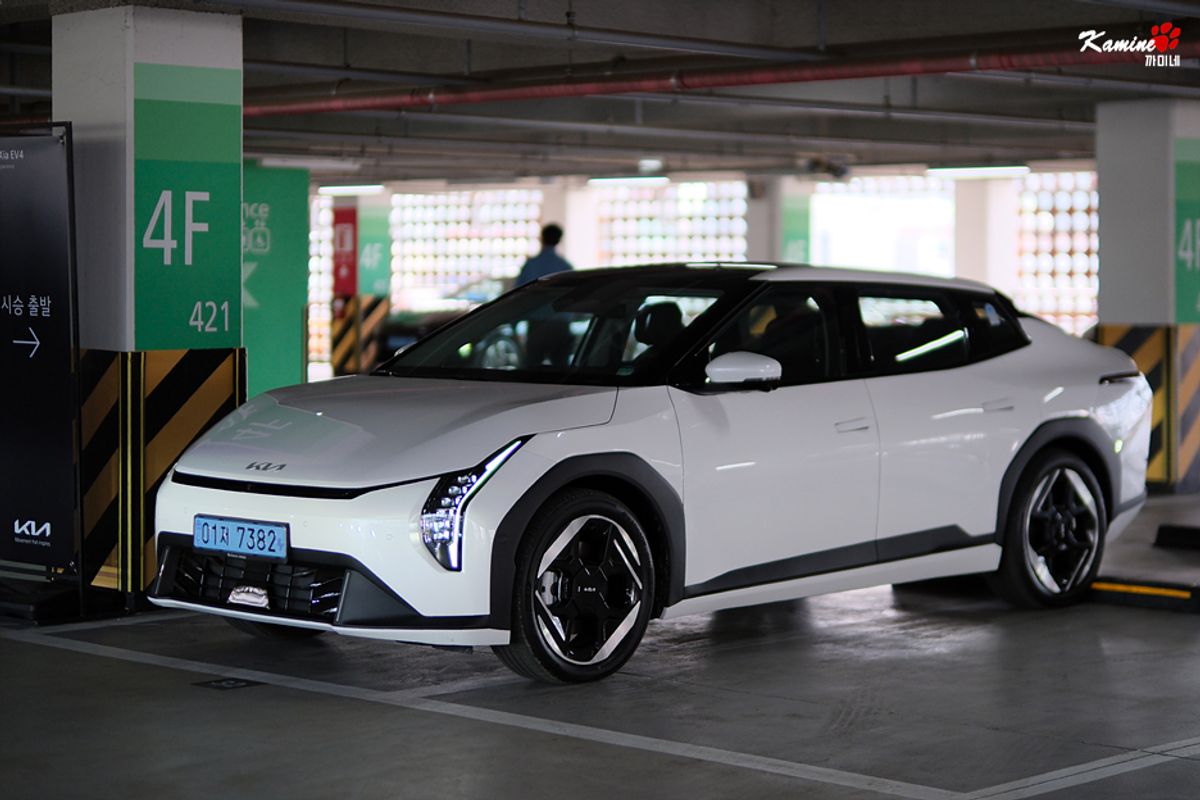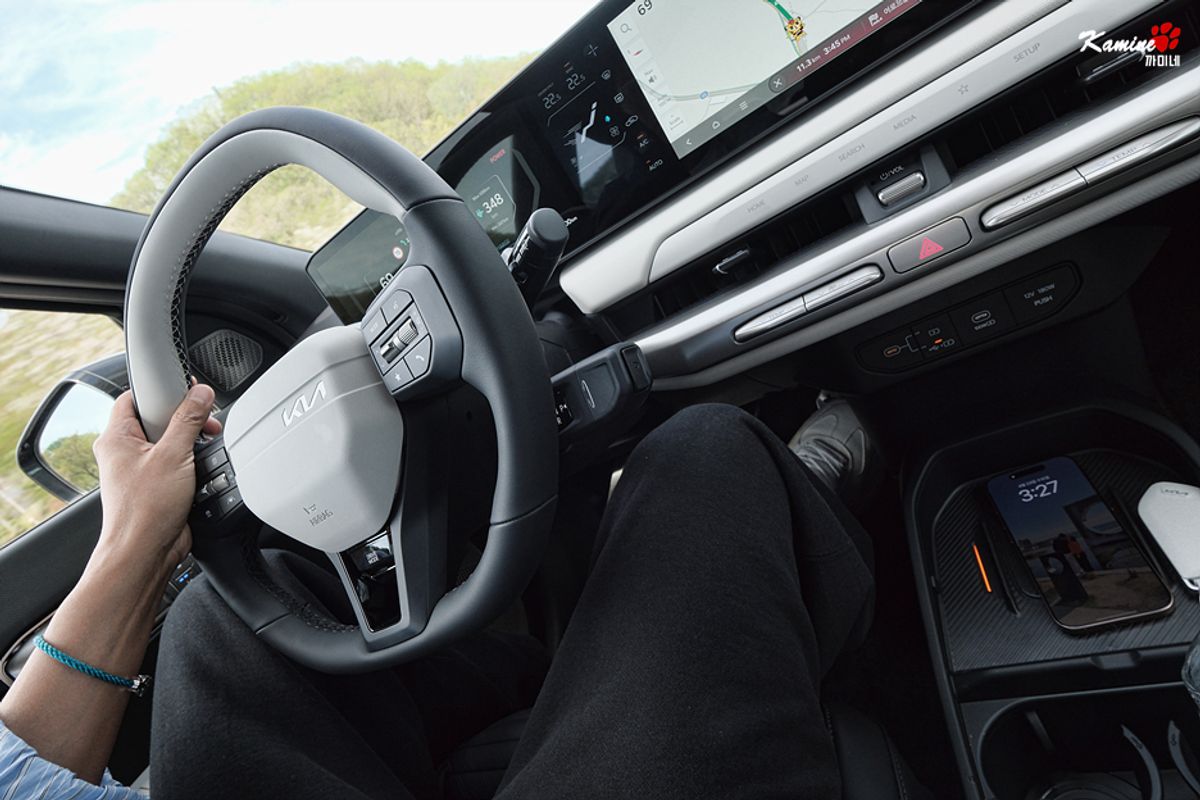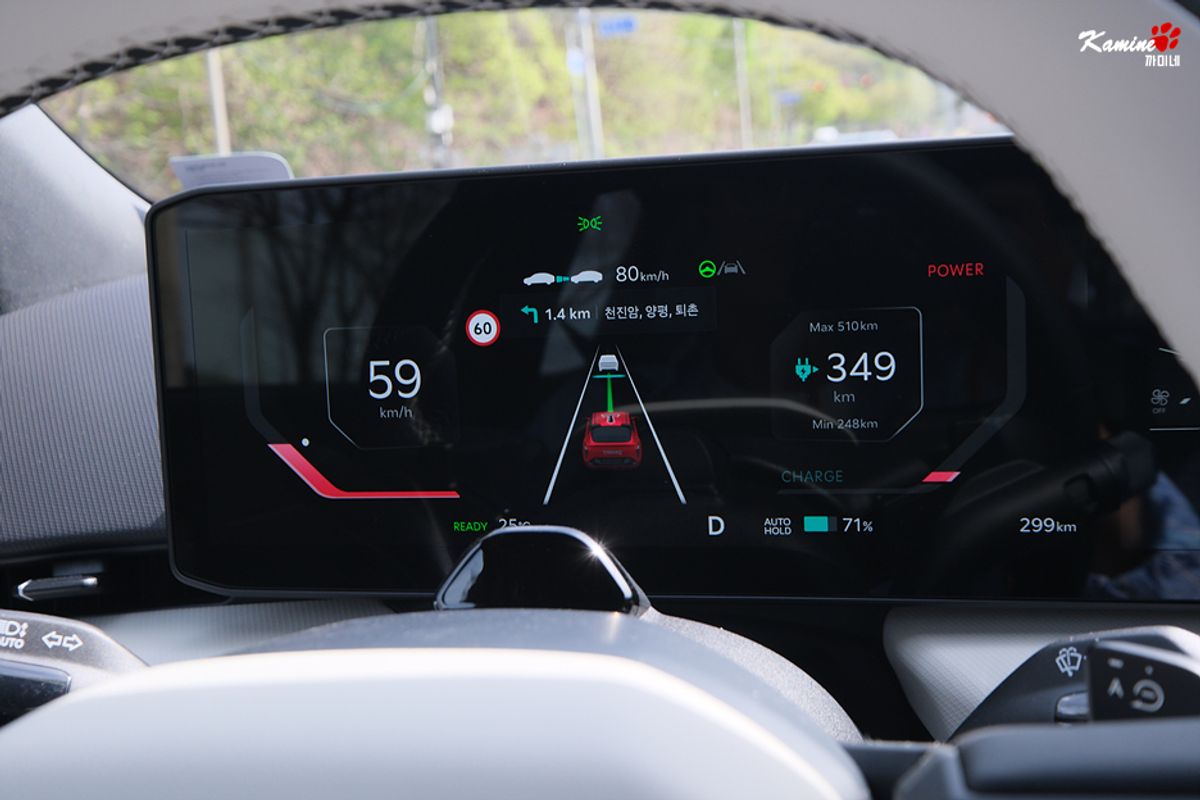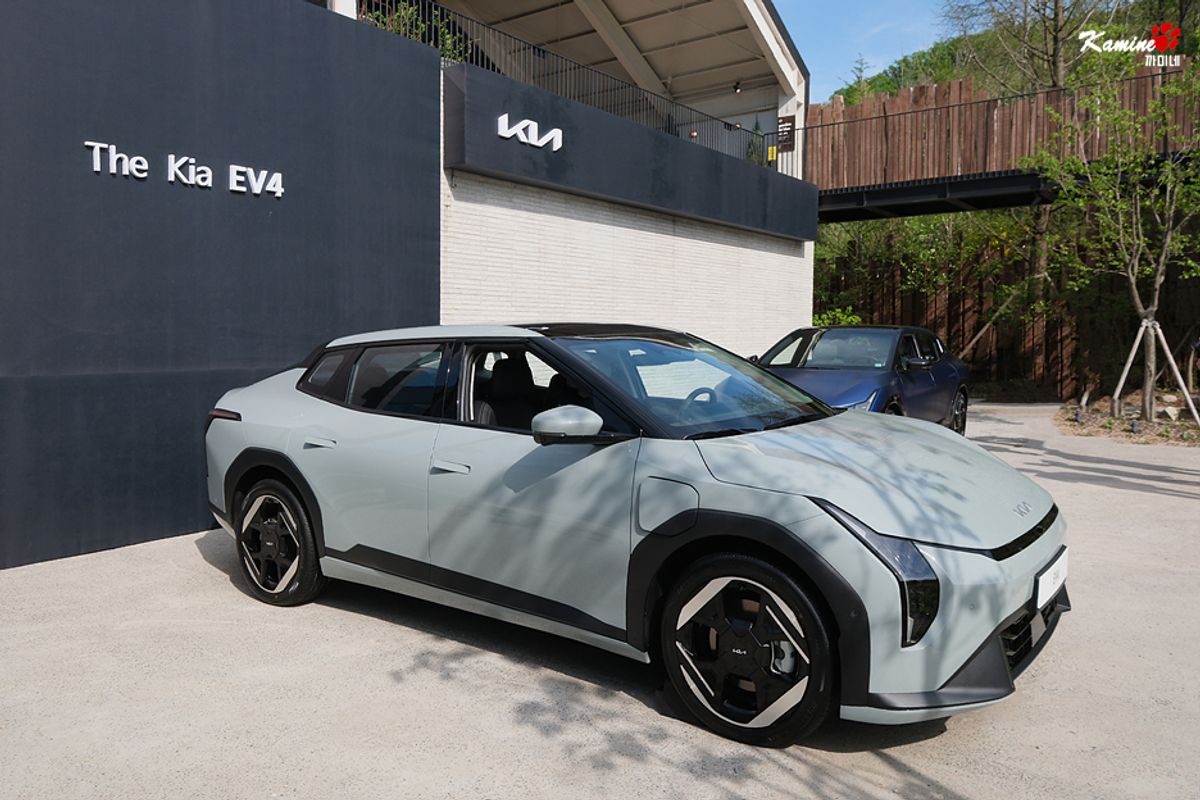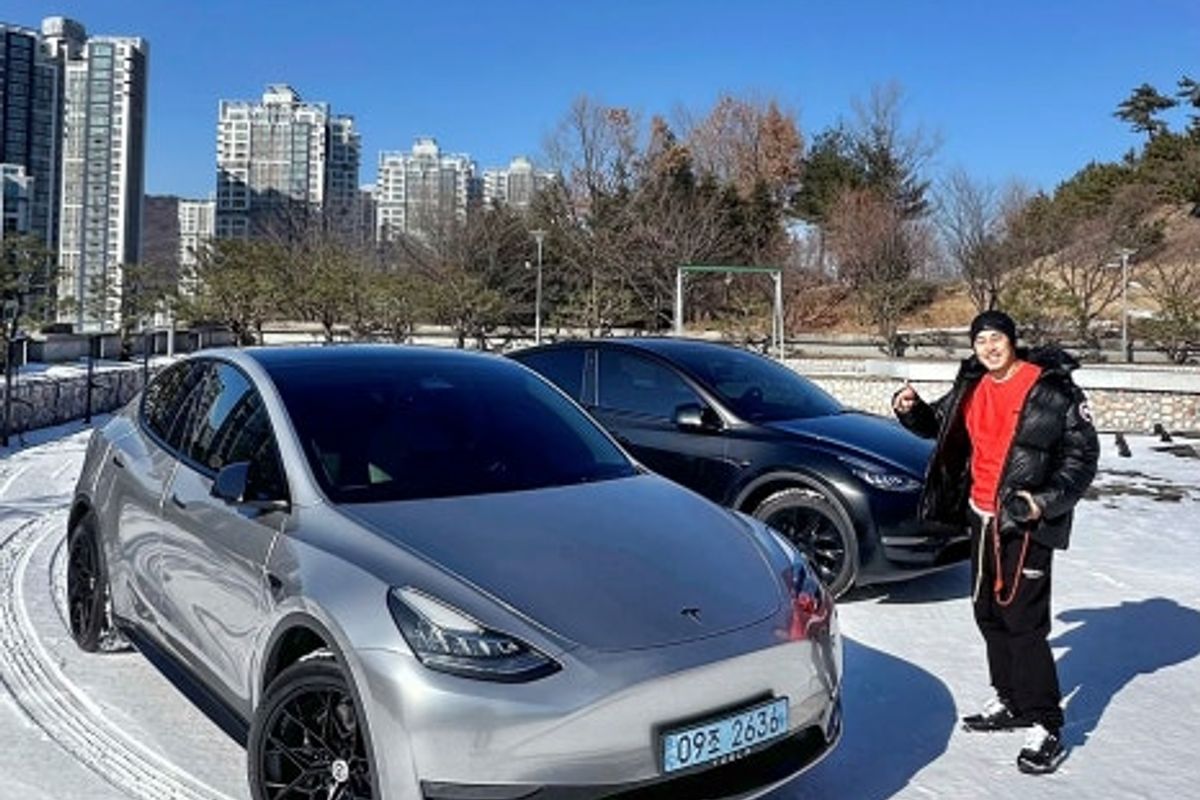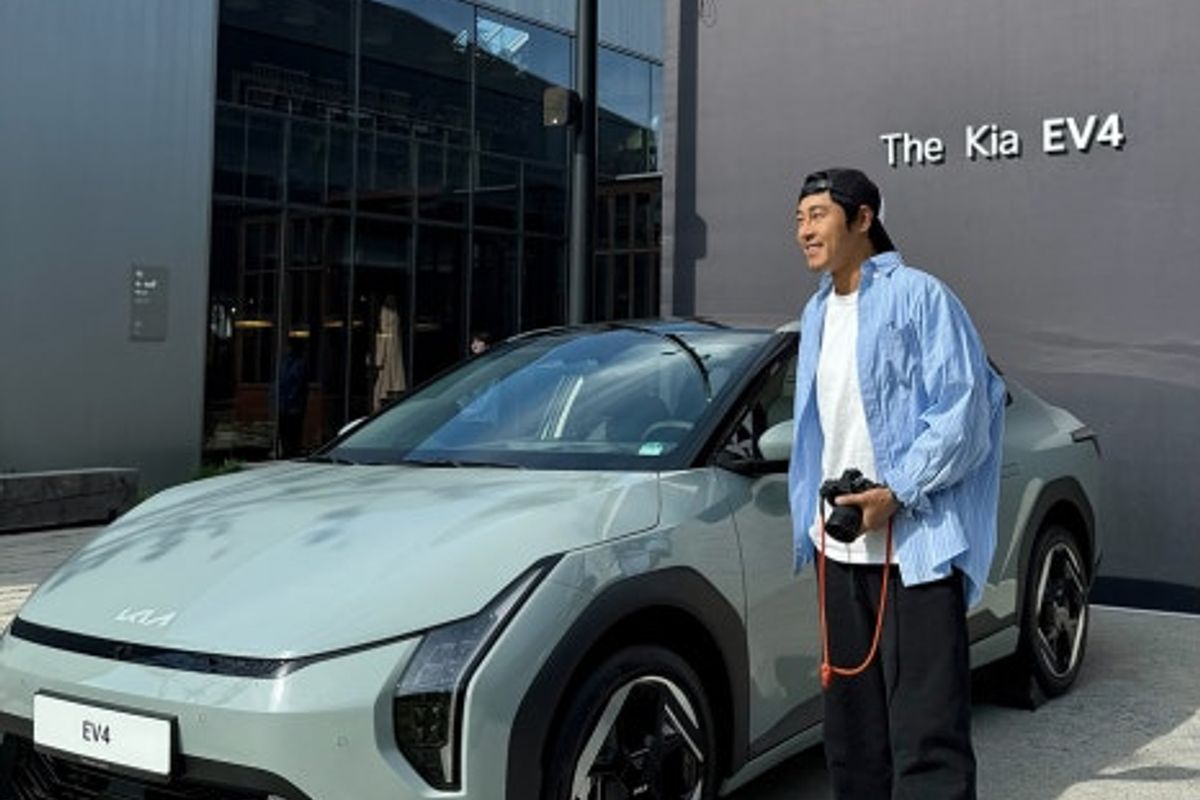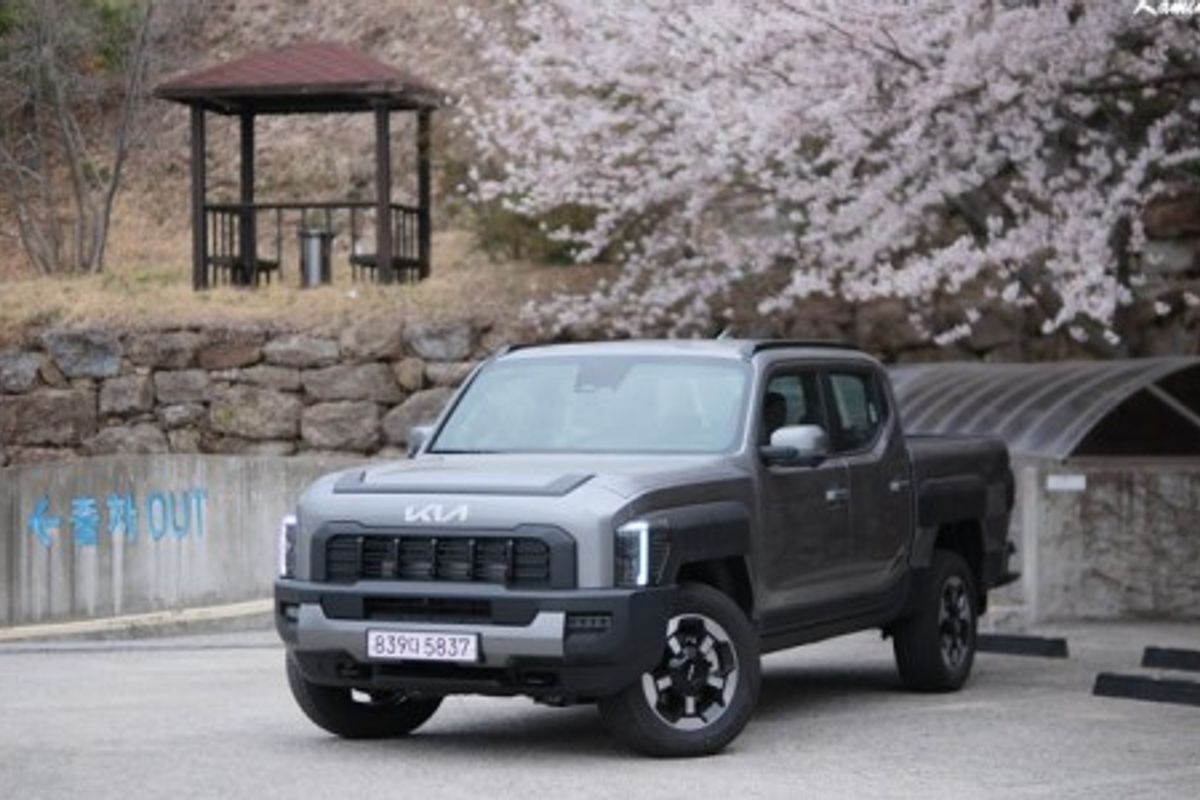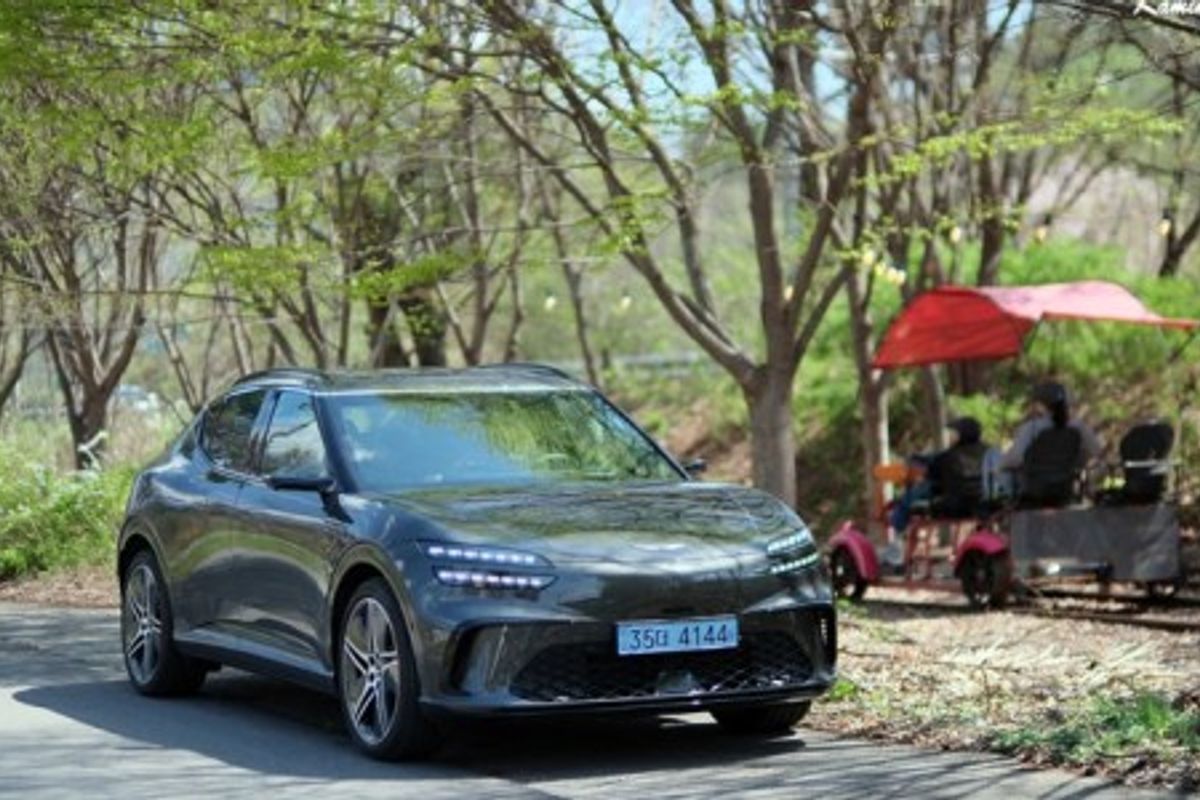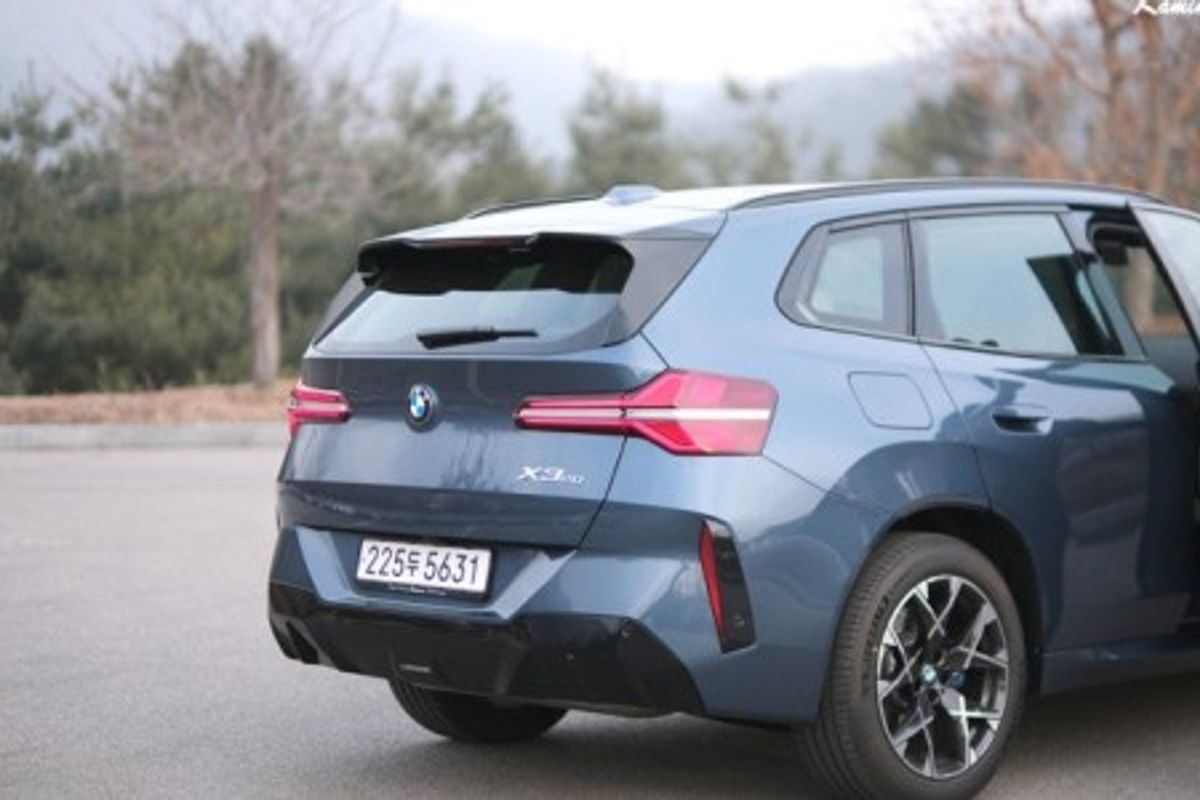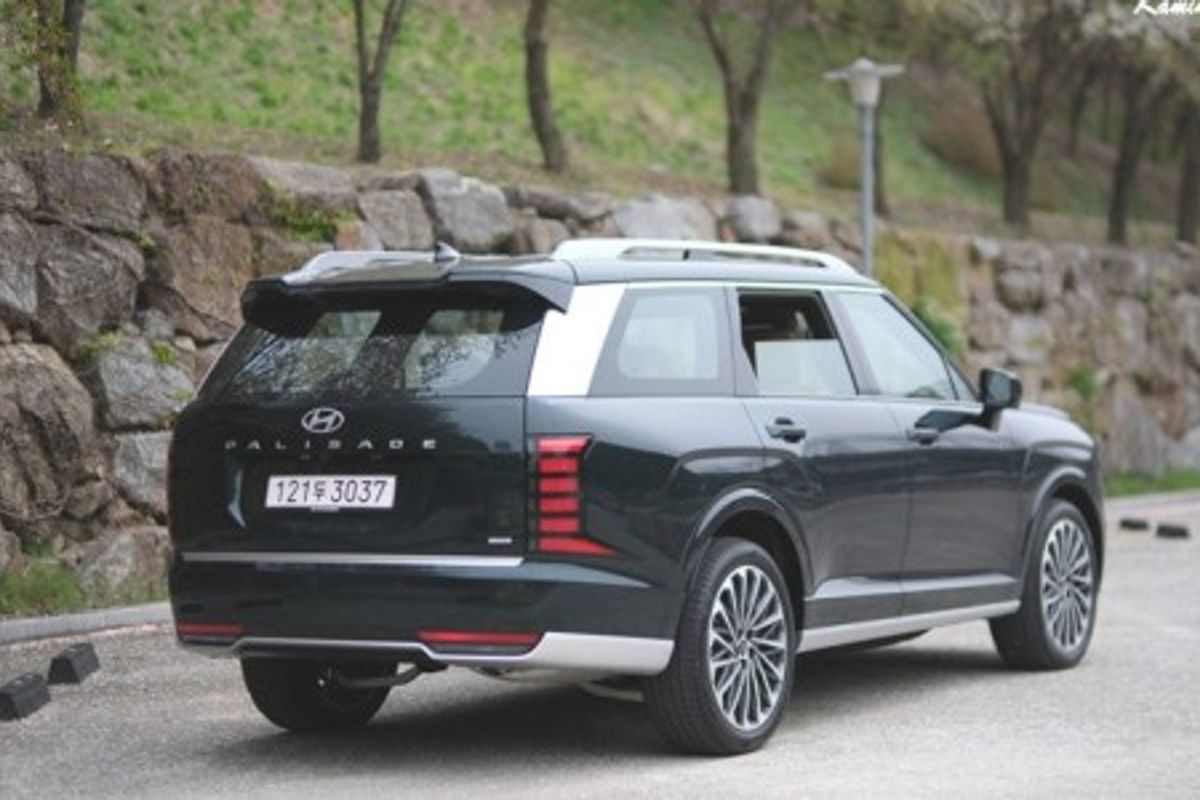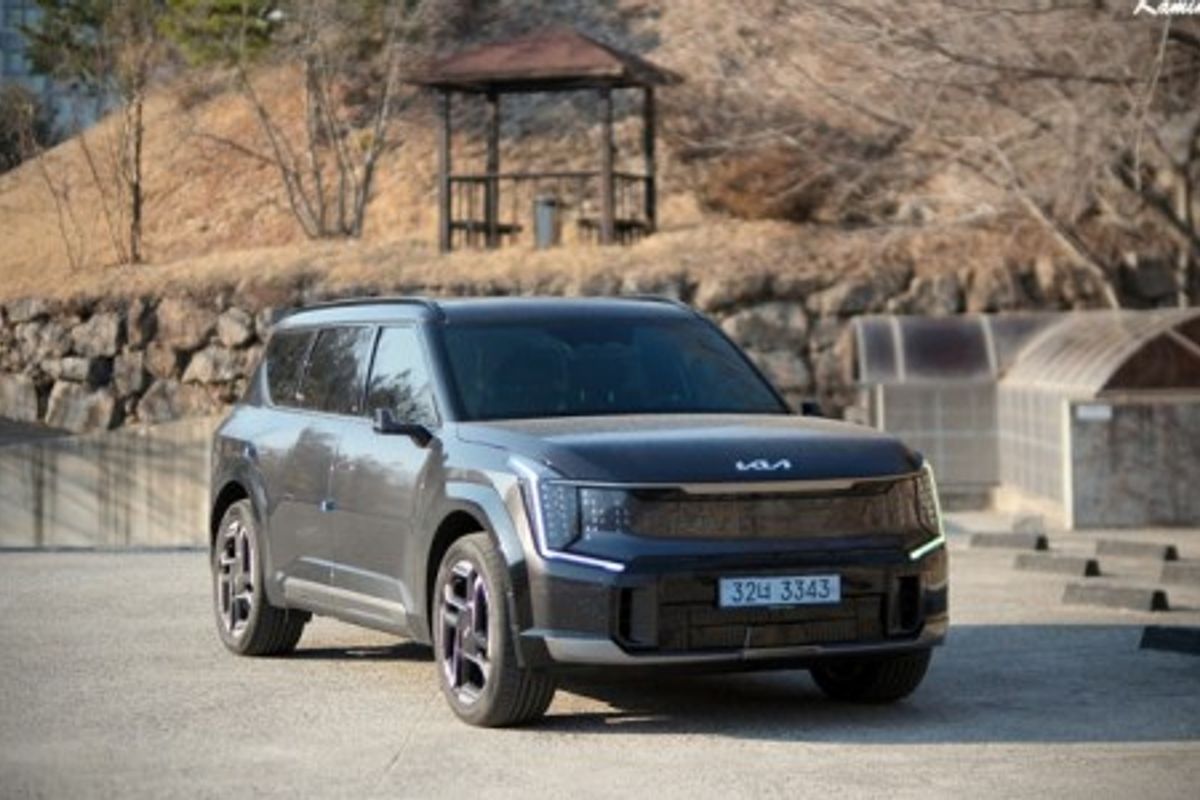The Kia EV4 has garnered significant attention as a sedan-style electric vehicle with a stunning tail design even before its launch. Recently, a media test drive event took place. While it boasts a competitive price and advantages in driving range compared to other electric vehicles in its class, opinions on its design have been mixed.
Upon seeing it in person, I felt that the rear design of the EV4 evokes a sense of cuteness or uniqueness rather than sheer elegance. It differs somewhat from the concept version, and I personally think it will take me some time to adjust to it.
The tail lamps resemble croissants, which creates a horizontal gap in the trunk line, giving the car a slightly larger appearance for a compact sedan.
In contrast, I want to praise the front design as flawless. Of course, design preferences are highly subjective, so while some may find the rear of the Kia EV4 more appealing than the front, opinions will vary.
Personally, I think the EV5, which was released in China earlier, might resonate better with the domestic sentiments than the sedan style.
However, doing so might create some ambiguity in positioning between the current EV6 and the compact electric vehicle EV3. While the EV6 has a crossover sedan feel, the EV5 leans more towards an SUV, so they wouldn't necessarily overlap in lineage.
In any case, the EV4 represents Kia's first sedan-style electric vehicle in the EV series, reminiscent of the elegant coupe lines seen in the BMW 4 Series. Upon seeing it, I found the overall design quality to be impressively high.
The Yacht Matte Blue, which comes at an additional cost of 300,000 KRW (approximately $230 USD), features a matte semi-gloss finish that seemed to suit the sporty GT Line trim best.
The Morning Haze color, which has a slight mint tone, is also quite attractive. However, when comparing the standard EV4 model and the GT Line side by side, the design differences seem minimal. The bumpers appear similar, and the only notable differences are the black side mirrors and the exclusive wheels.
The plastic trim connecting the fender, garnish, and rear bumper diffuser also varies between matte and glossy finishes. Even the standard model seems well-designed, and I personally find the standard 19-inch wheels more appealing.
However, the more I look at it, the more attractive it becomes. Unlike previous Kia electric vehicles, the headlamps possess a fierce look, leading me to believe that the previous "Tiger Nose" concept has evolved into the "Tiger Eyes" concept.
The trunk opens in an interesting way; it resembles a hatchback but doesn't open entirely like one. Instead, it lifts up like the trunk of a classic Pony car, giving it a vibe similar to a large GT spoiler. It's a unique charm of the EV4!
The trunk space is surprisingly deep, easily accommodating two golf bags. I will take a closer look at this aspect during the individual test drive coming up.
Now, let's highlight the interior space of the EV4. I was astonished by the legroom in the second-row seats. It felt almost as spacious as the EV6, if not more.
Thanks to the uniquely designed tail line, the headroom and legroom turned out to be surprisingly generous. In fact, while the EV3's second-row space felt somewhat limited for a compact SUV, the EV4 offers enough interior space akin to the EV6, making it suitable for family use.
The reclining angle appears comfortable, right?
The design concept of a short front and a long rear seems to reflect the Kia designers' intent to maximize cabin space, especially in the second row.
There are indeed some things that reveal themselves only after experiencing them. From this point onward, my reservations about the tail design of the EV4 disappear. Everything from here on feels attractive, and the new seat structure provides a more comfortable ride.
The interior structure, steering wheel, and panoramic display are familiar details I’ve already experienced in previous EV series models.
This is quite charming, right? As a lifelong Tigers fan, I can customize the display with the logo or colors of my favorite KBO or NBA team. However, the Tigers' recent performance has been disappointing, which is frustrating!
Now, let's hit the road. The test drive route was about 43 miles round trip from Hanam to a café in Gwangju's Toechon-myeon. To experience a variety of performances, the route included a mix of highways, city driving, and some winding roads.
The specifications for maximum output and torque are not particularly meaningful. As an electric vehicle, it delivers powerful acceleration right from the start, making it feel effortless as you press the accelerator.
The crucial point I focused on was the driving range. They claim it can reach an impressive 331 miles, so I was particularly interested in whether such a range could be achieved during this test drive.
To conclude, I can confidently say that achieving 331 miles is feasible. Even with the air conditioning running in the heat of a day that reached 81°F, I noted a remaining battery level of 65%, indicating a possible range of about 205 to 212 miles.
In reverse calculation, this means that a full charge could easily exceed 310 miles. However, considering the nature of the test drive, which involved a lot of idling for filming and aggressive acceleration in sport mode on the highway, the average efficiency would likely be lower.
Nevertheless, if it can achieve this level of driving range, comfortably charging to about 80% would allow for a range of around 250 miles. The sedan design, which seems to minimize aerodynamic drag, likely contributes to the impressive range given its 81.4 kWh battery capacity.
Another impressive aspect was the ride comfort. Having recently driven both the EV3 and EV6, I found the ride comfort in the EV4 to be the best among the three. The suspension setup felt very soft!
It seems Kia intentionally included many speed bump sections along the test drive route to allow us to fully experience the ride comfort. Typically, when electric vehicles, which are heavier, pass over high speed bumps, they tend to bounce down hard even at low speeds. However, the EV4 glided over them smoothly.
While it may not match the ride comfort of electric vehicles equipped with air suspension or variable electronic control suspension, it stands out among its peers with conventional coilover suspension.
Overall, I had a very satisfying test drive experience, especially regarding ride comfort! However, the only downside was that the column-style gear lever sits too low, which might cause knee interference for taller individuals over 6 feet when adjusting the seat position tightly. This aspect may need improvement in the future.
Additionally, I don't think I need to elaborate on the advanced safety options and ADAS features, which are now standard in modern Hyundai and Kia vehicles, even those in the 30,000 to 40,000 KRW range.
How can such a car be priced in the 20,000 to 30,000 KRW range after considering subsidies? It’s astonishing! Of course, if you opt for the fully equipped GT Line, it will exceed 40,000 KRW, but even so, it presents a highly aggressive pricing strategy compared to its competitors that qualify for 100% government subsidies.
As a Tesla owner, I view the Kia EV4 as a direct competitor to the Model 3. Considering its price competitiveness and various advantages, there seems to be no reason to choose Tesla over it in any aspect—whether it’s driving range, interior space, or ride comfort. It’s a perfect knockout!
